Leica Lens Tutorial – Leica Summilux-M 24mm f/1.4 lens
Introduction
How would you test a Leica Summilux-M 24mm f/1.4 ASPH lens for everyday use? Is it worth the considerable price difference from Leica Summicron-M 24mm f/2 ASPH lens? These are the question I want to address in this article titled Leica Lens Tutorial – Leica Summilux-M 24mm f/1.4 lens
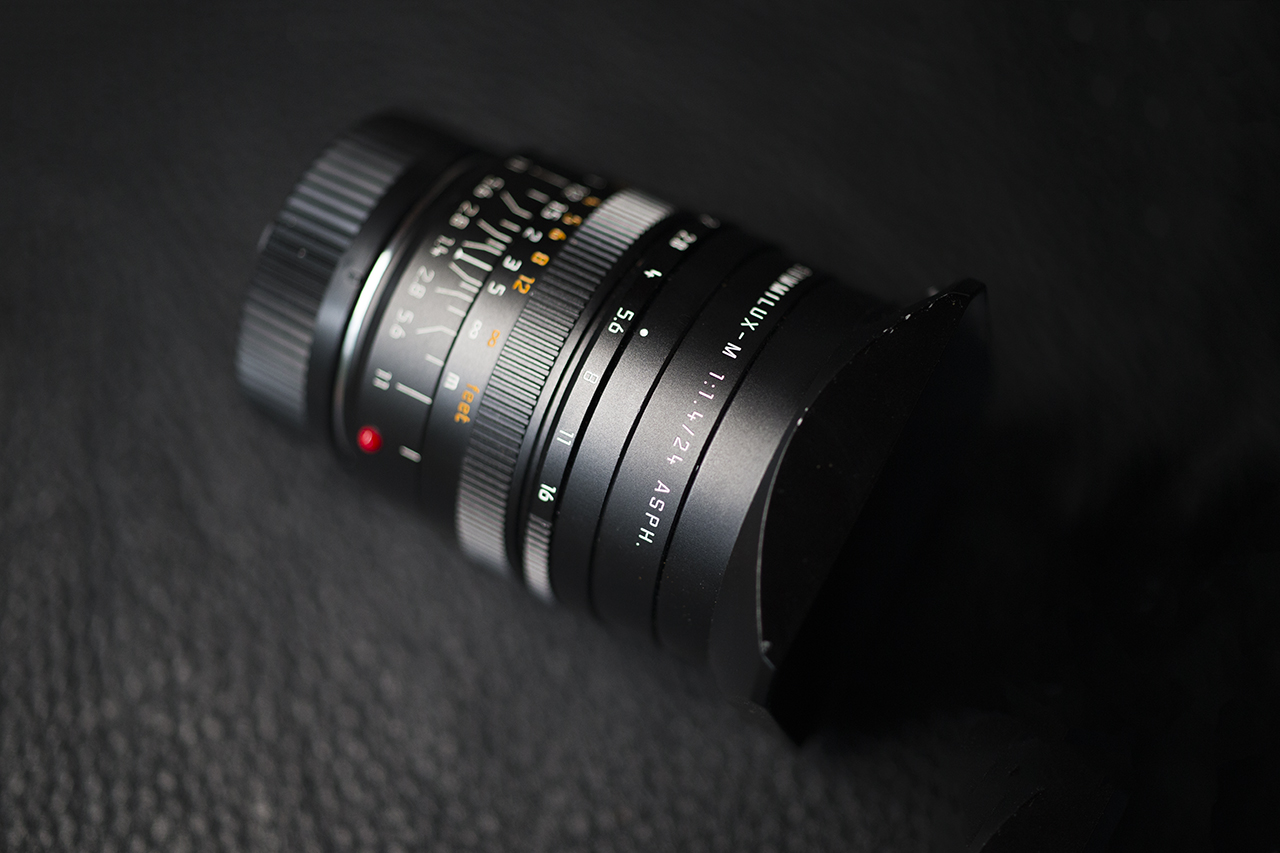
My aim here is to show you sample photos along with my observations on the performance of Leica Summilux-M 24mm f/1.4 ASPH lens. Some of you may be wondering why I have chosen a Leica T camera instead of a Leica rangefinder camera like Leica M10 or Leica M240 camera. These questions will be addressed in the article.
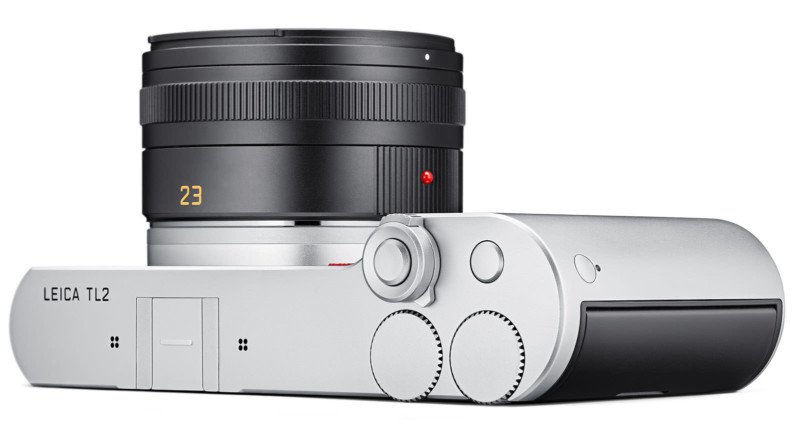
Basics
Leica TL2 camera is a compact camera; I carry it with me just about everywhere I go to capture photographs as well as video. I choose it more often than my Leica M240 camera as I step out the door of my house. It gives me the option of placing it in my coat pocket and still attaining stellar image quality that is associated with Leica cameras.
At different times, I also choose to use my trusted Leica M240 camera with my Leica Summilux-M 24mm f/1.4 ASPH lens, but that is mostly when I am doing a project or have taken on an assignment.
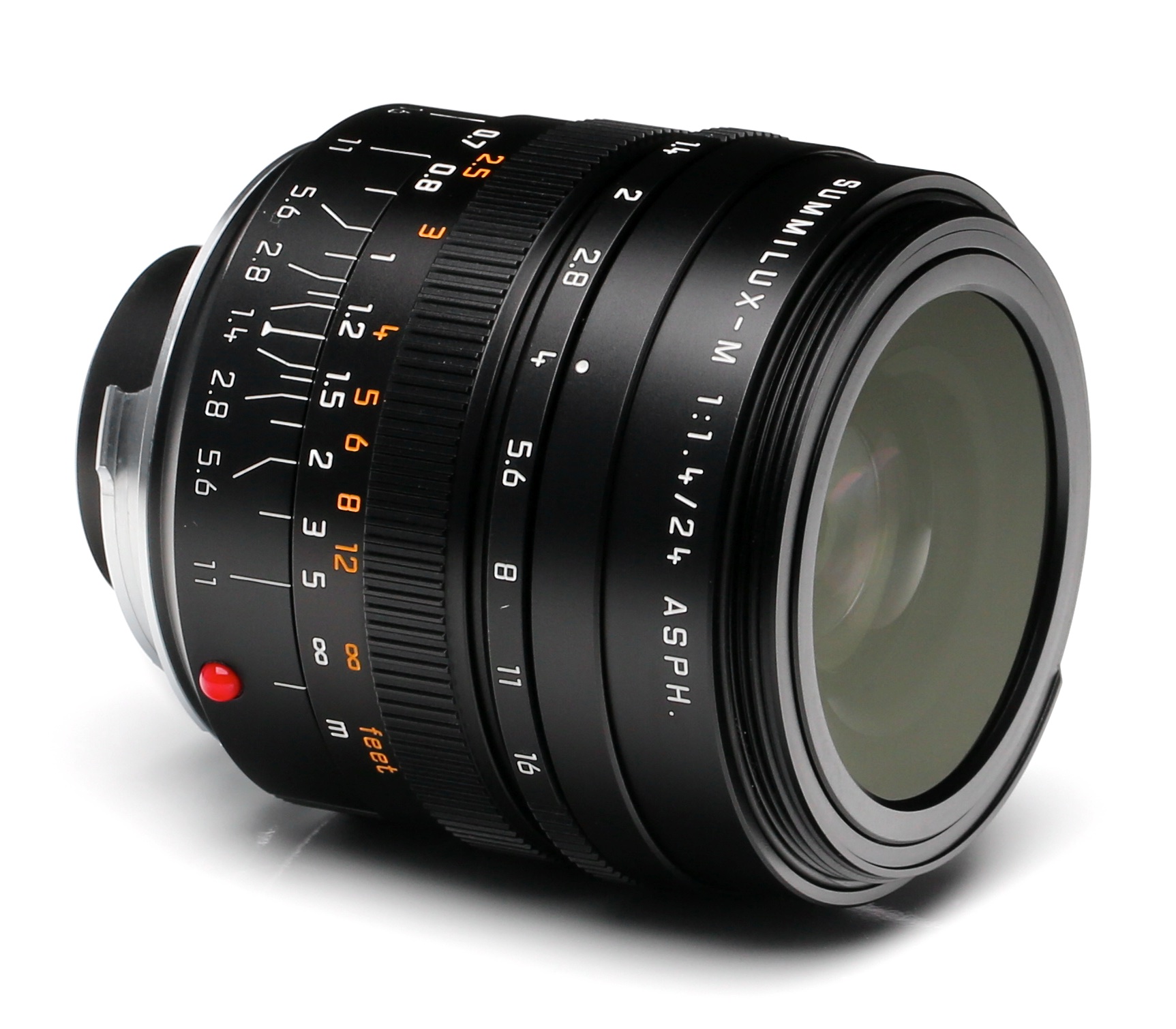
Before I delve into the details and performance of Leica Summilux-M 24mm f/1.4 ASPH lens, it is important to mention that I have no particular preference for the different Leica wide angle lenses that I own or for the speed of the lenses. This review is about how the lens performs more than justification of its price or comparison to other Leica lenses.
I have written several articles on the Leica Summilux-M 24mm f/1.4 ASPH lens which you can find the links for at the end of this article also can search on our website.
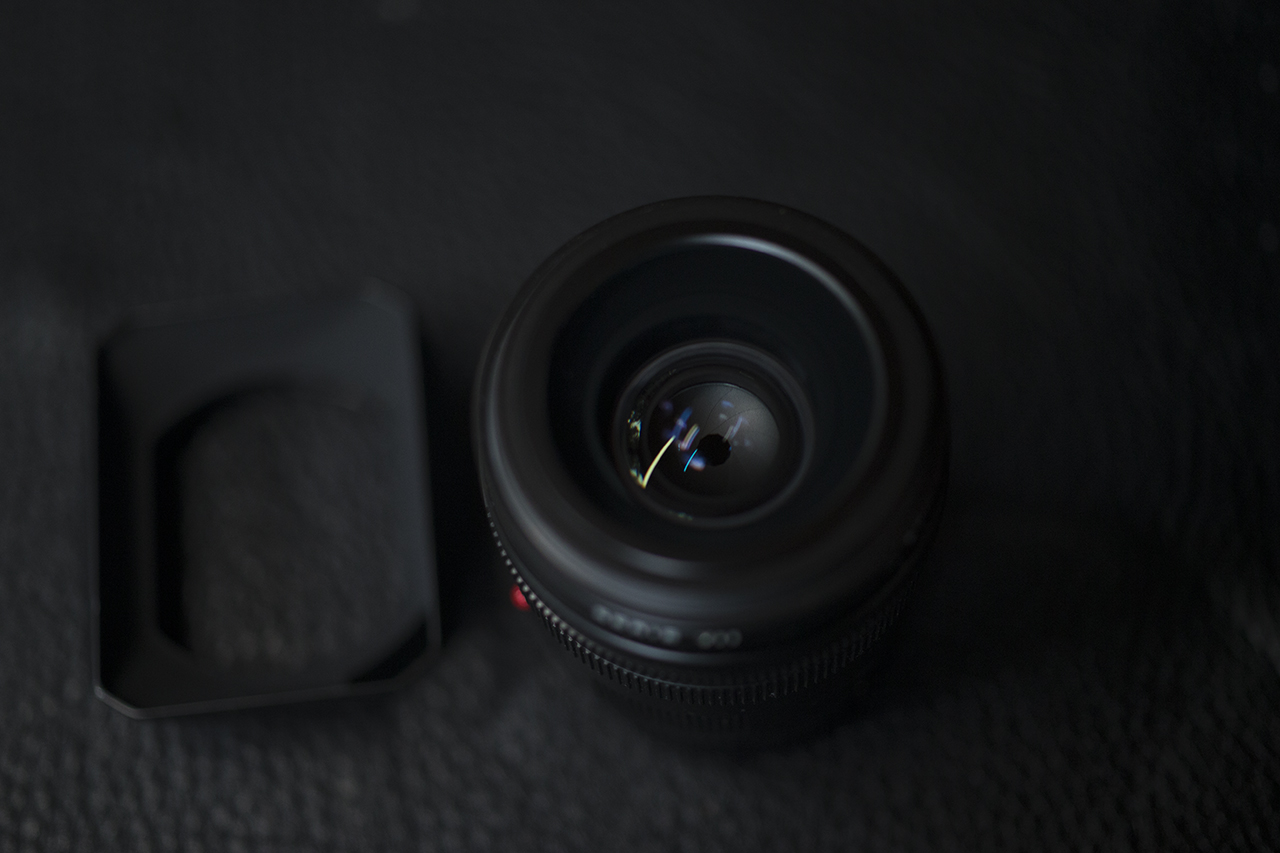
Leica TL/TL2 Camera
When I started putting Leica M mount lenses on my Leica TL/TL2 camera via an adapter, it took some time for me to get used to the way Leica TL/TL2 camera operates with Leica M lenses. For one, with Leica TL/TL2 camera you no longer can use the rangefinder coupling instead you have to use an electronic viewfinder which at times is easier to use due to magnification aid in focusing at wide apertures.
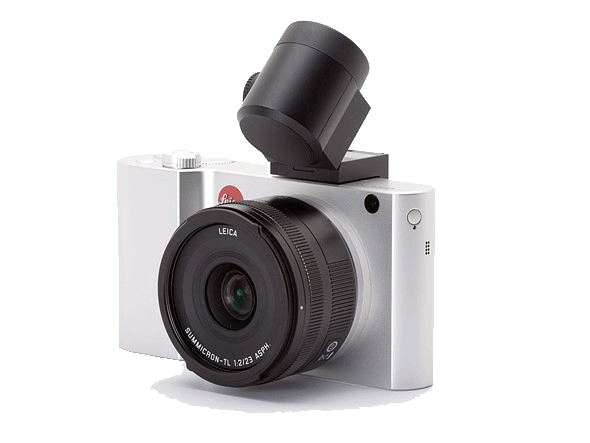
The other way to use the Leica Summilux-M 24mm f/1.4 ASPH lens on Leica TL/TL2 camera body is to utilize the large LCD screen on the back which is somewhat resembles using a smartphone to capture images. For this review, I choose to use my Leica Summilux-M 24mm f/1.4 ASPH lens in combination with the LCD screen to capture these photographs.
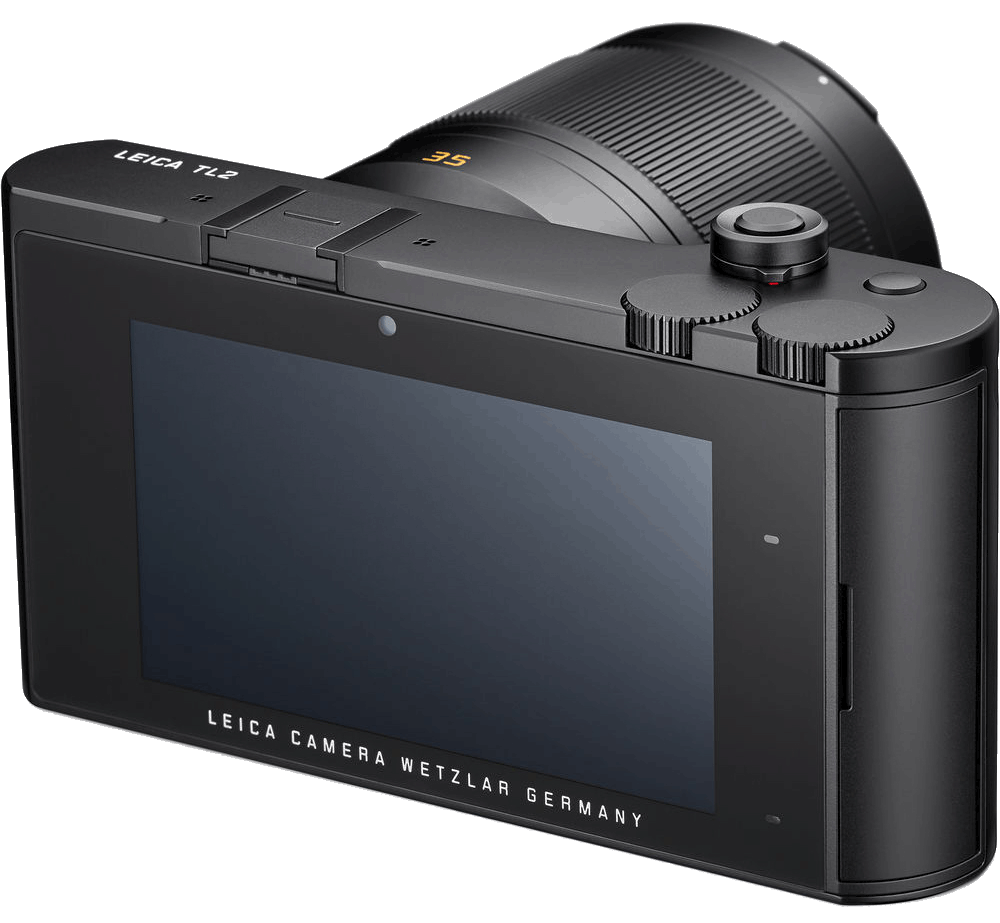
Taking the Leap
On the morning of the shoot, I took off my Leica T 23mm lens, one of the best lenses for Leica T/TL2 cameras that was my Leica TL/TL2 camera body. I mounted my Leica Summilux-M 24mm f/1.4 ASPH lens and made sure that I heard the snap lock of the adapter to the lens.
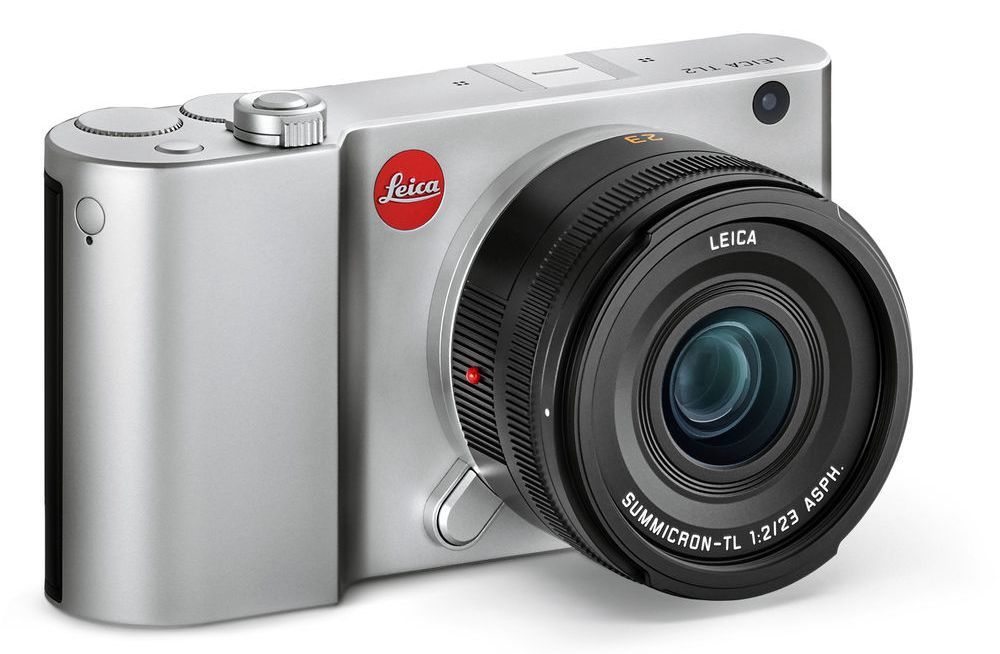
Leica TL/TL2 camera has an APS-C size image sensor which means that on full frame lenses there is a crop factor of 1.5 resulting in the focal length of about 36.5mm when Leica Summilux-M 24mm f/1.4 ASPH lens is used. This meant that my 24mm lens would be capturing images similar to a Leica Summilux-M 35mm f/1.4 ASPH lens on a full frame camera like the Leica M10.
My aim was not to shift the focal length but to gain the light gather advantage of using a Leica Summilux lens under less than ideal lighting conditions. Leica Summilux-M 24mm f/1.4 ASPH lens is the fastest wide angle lens Leica camera makes and is very good in low light.
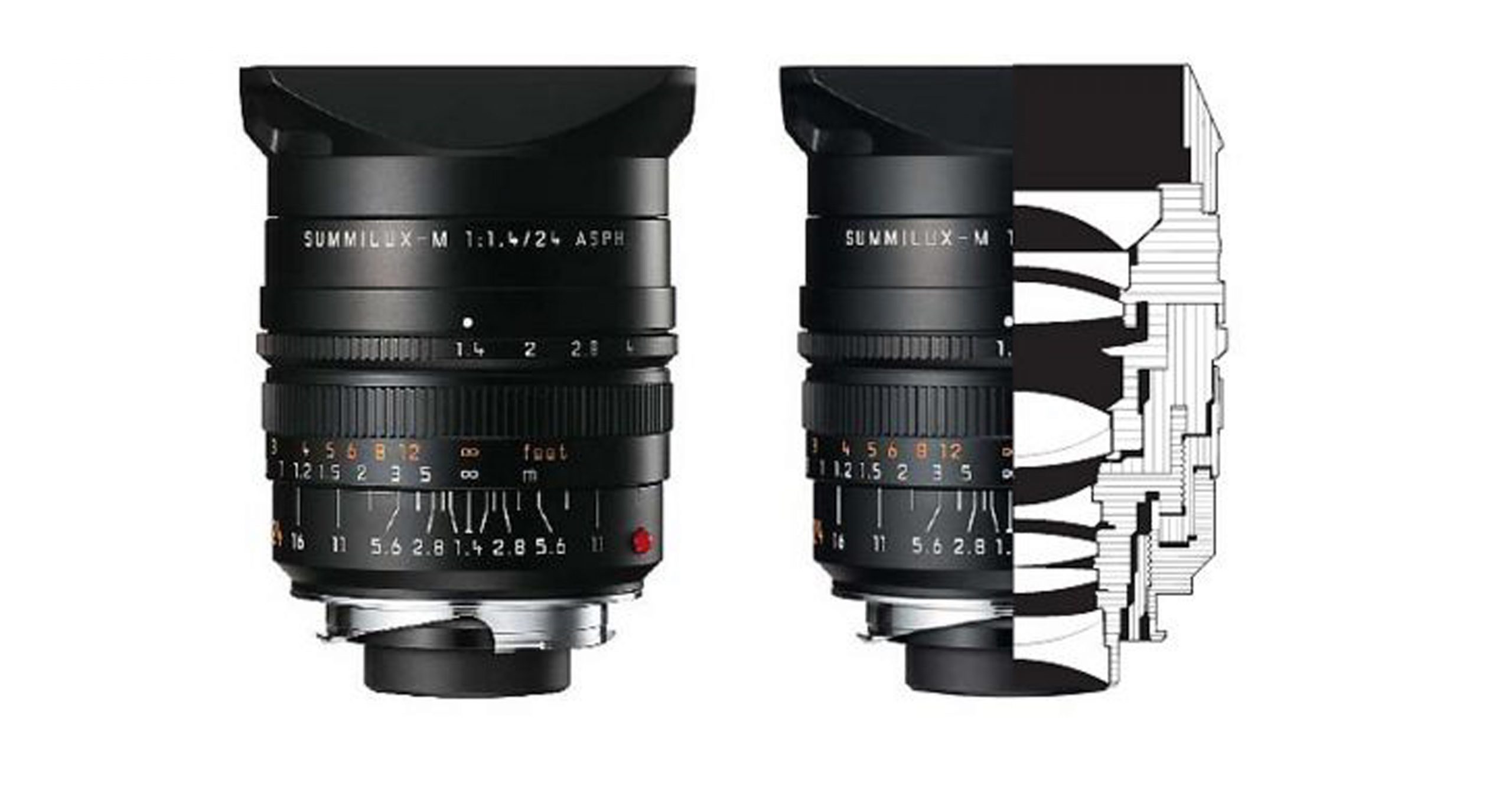
Challenges
What most people don’t know is that under fluorescent lights the performance of cameras and lenses is adversely affected. This mostly due to the fluorescent light emanating from the long white tubes producing lightwaves that create havoc in color renditioning. The skin tones take on a hue of green and bluish tone while almost all other colors especially reds and orange tones appear unnatural.
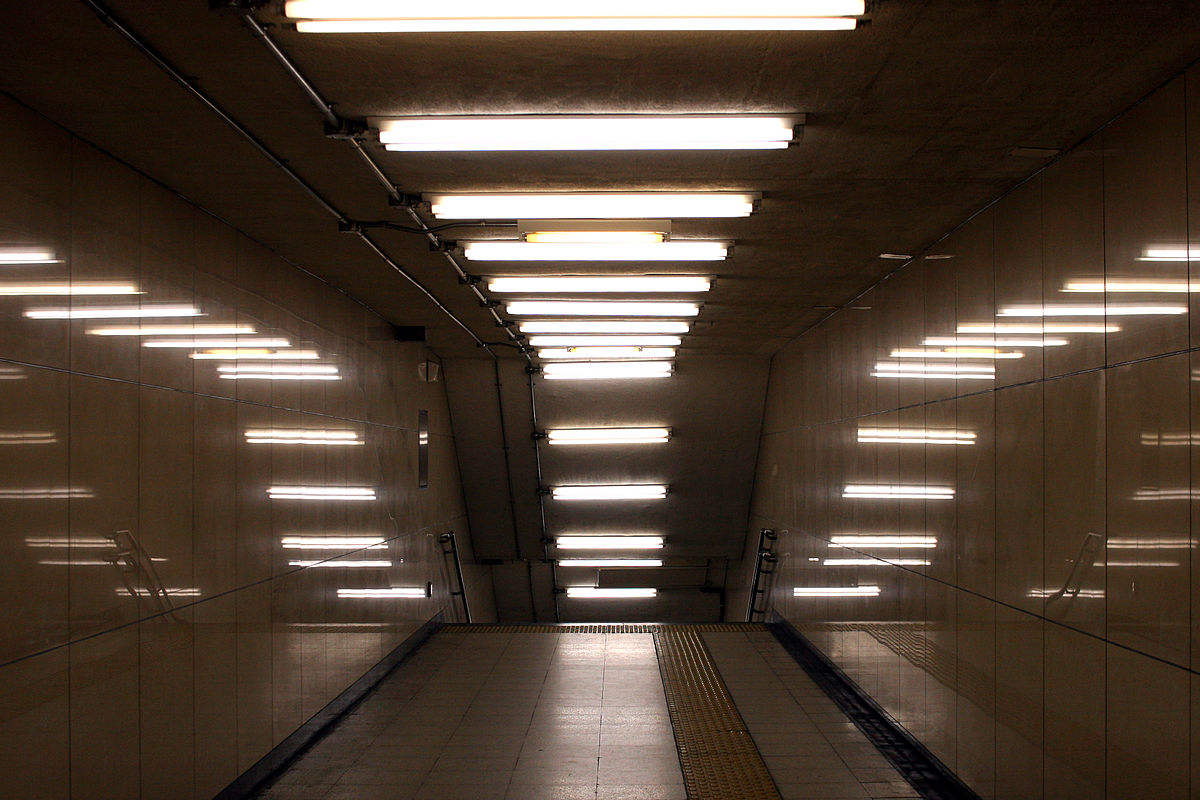
Coupled with adjusting white balance in an environment with daylight pouring in from the windows and fluorescent lights glaring to get an accurate rendition of colors becomes hugely challenging. In most circumstances like these, photographers take the easy way out and turn their photographs into monochrome (black & white) and call it “artistic.”
There is another issue which is almost never addressed with lenses. If you check the photographs posted by camera and lens manufacturers they are almost always taken in daylight or perfectly lit environments. The real test comes when a lens is used in varying lighting situations similar to the one I mentioned.
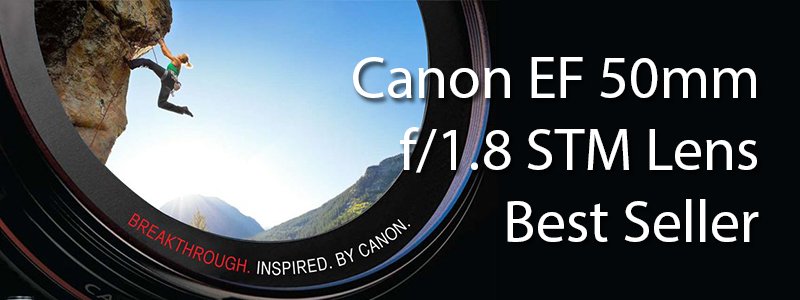
When the camera is not “smart” enough to read the light or when the photographer lacks the knowledge of using a light meter or fails to understand Kelvin scale, the blame is always placed on the camera or the lens. It is for this reason, in my photography workshops I constantly explain how to use the white balance settings in cameras to achieve better photographs. Setting your cameras white balance is as important as knowing how to use a Leica rangefinder lens.
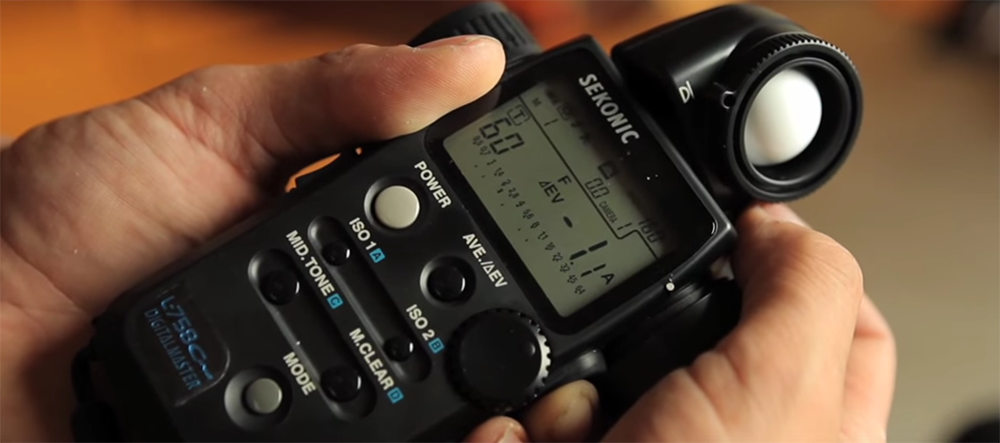
Choosing the Lens
In most circumstances making adjustments to your images in software like the Lightroom or Photoshop is not enough to get accurate colors. Surely, you can move the saturation scale up or down but that will only amplify the strength of the color of what you have captured but it will not “correct” the colors of your photograph.
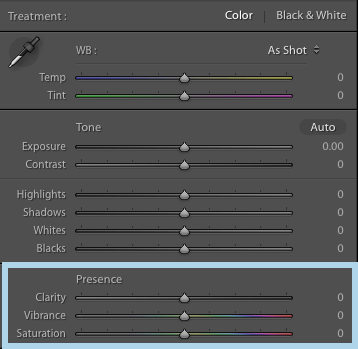
It is imperative to select a good lens to capture colors, some lenses, oversaturate others have a warmer color than what you see with your eyes. There are only a few optics companies that strive to create lenses with accurate color renditioning and contrast.
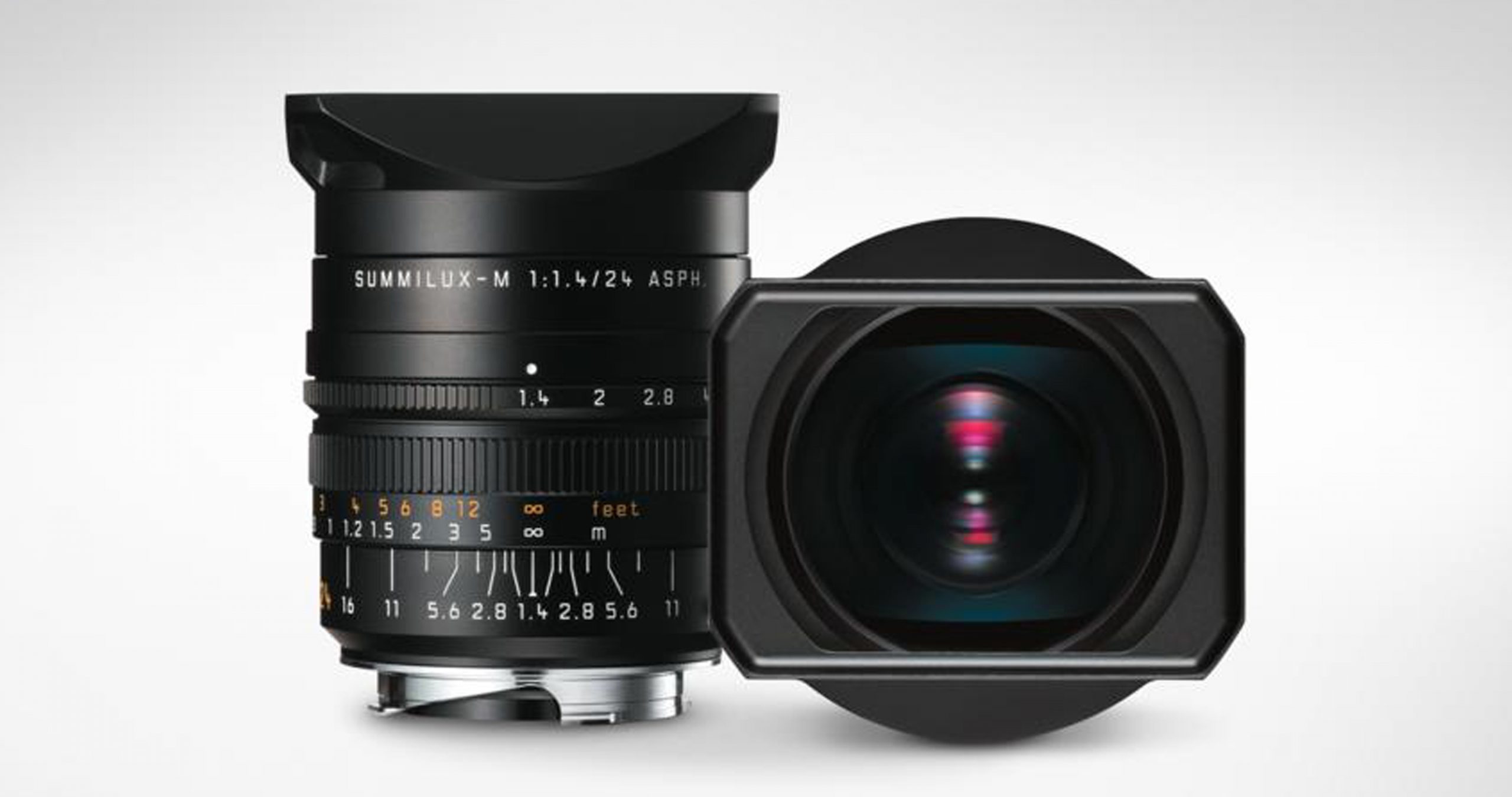
Leica’s Summilux lenses, especially, Leica Summilux-M 24mm f/1.4 ASPH lens and Leica Summilux-M 21mm f/1.4 ASPH lens are probably some of the best lenses that are designed accurate colors in images.
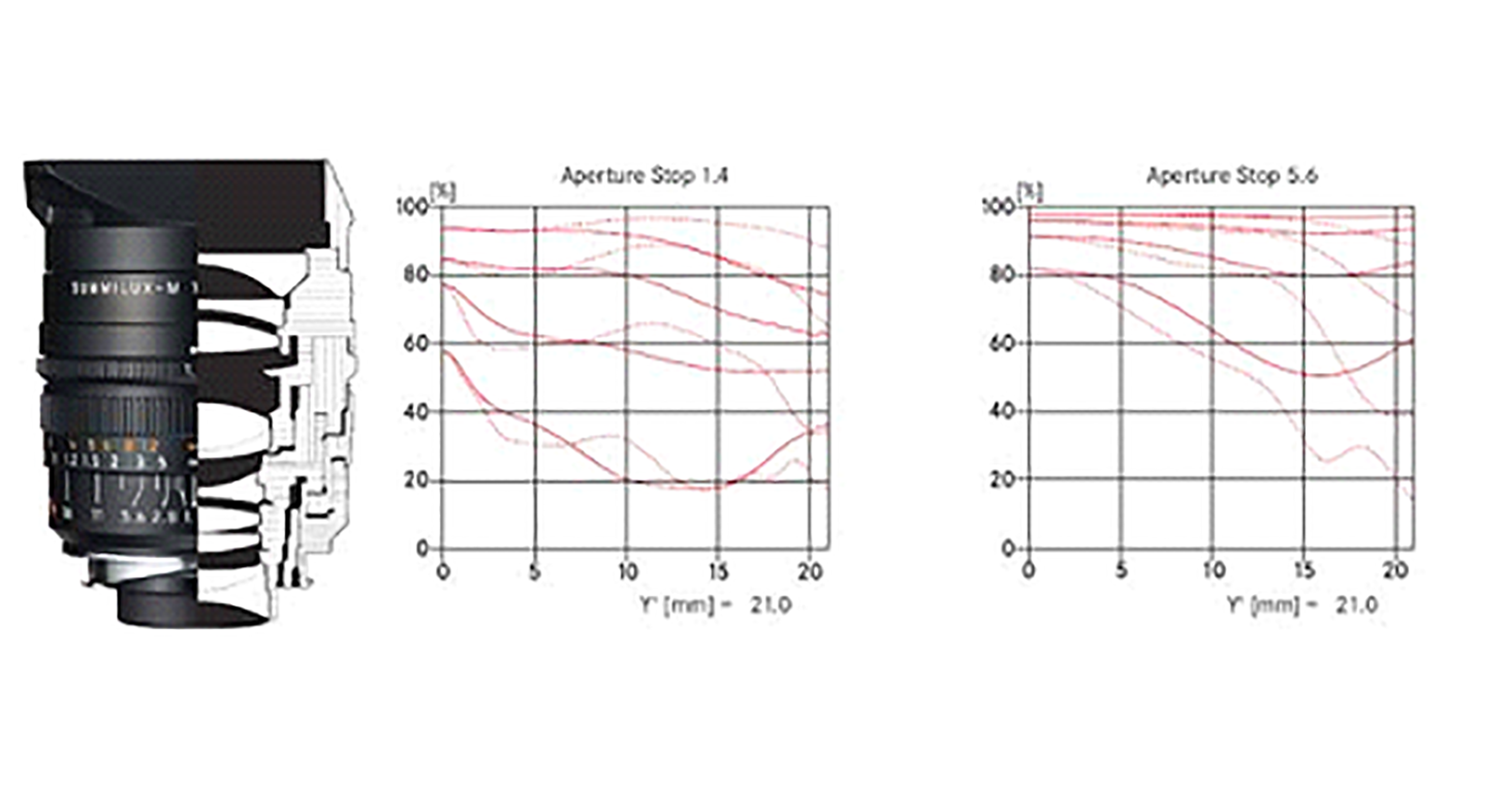
Unfortunately, most lens and camera companies will show you amazing photographs shot in ideally lit circumstances or night time photographs with intelligently lit subjects that is anything but fluorescent lighting.
Leica TL/TL2 cameras are a perfect match to any Leica M lens to bring the best color rendition and contrast in images. I particularly chose Leica Summilux-M 24mm f/1.4 ASPH lens to show how this lens will perform under less than ideal lighting situation.
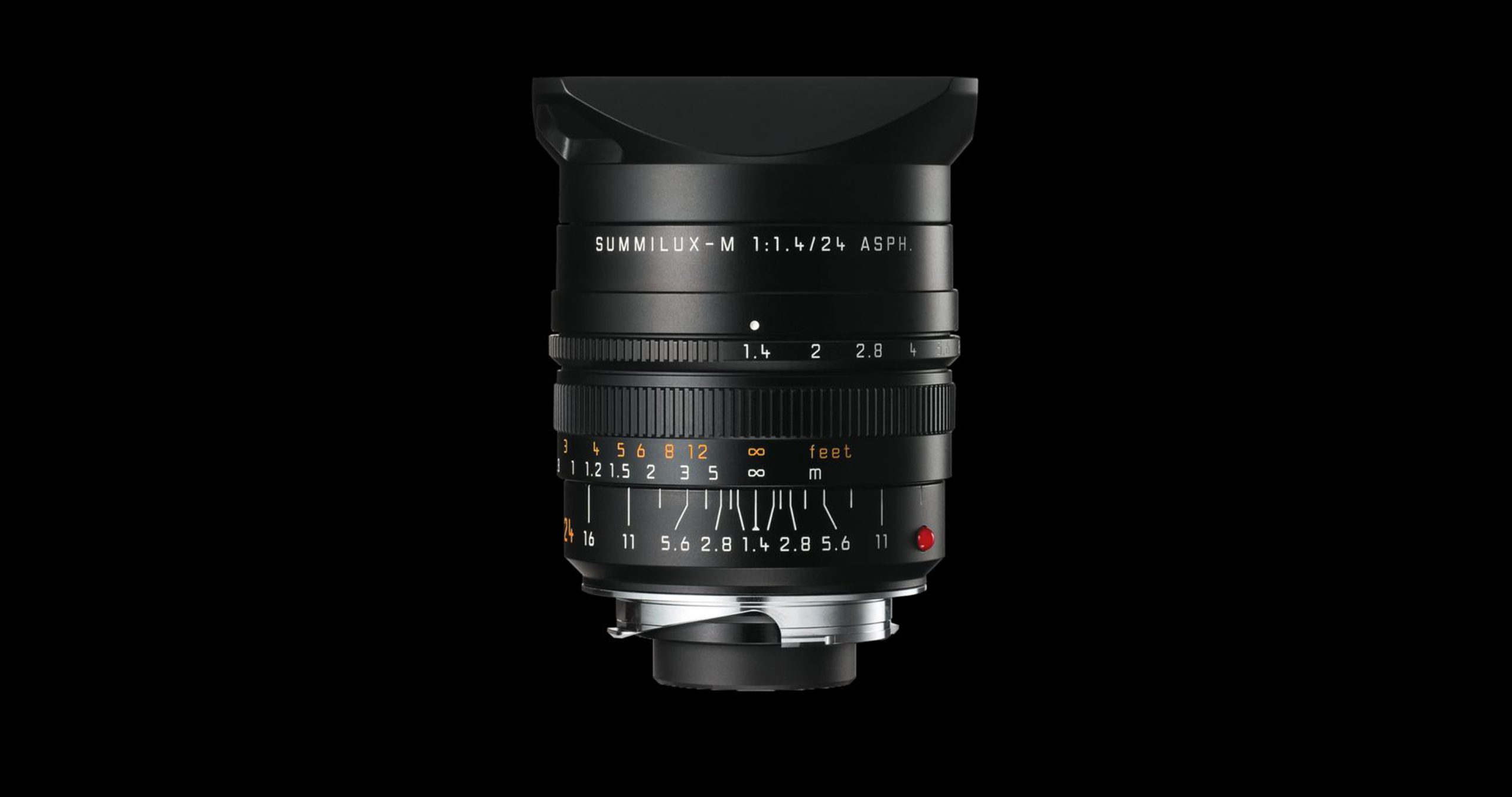
Office Spaces & Indoor Lights
Most office spaces and indoors are lit with fluorescent tubes because they are energy efficient, horribly destructive to the eyes but save money for companies. Cameras and lenses are not optimised to deal with these adverse conditions resulting in less than ideal colors.
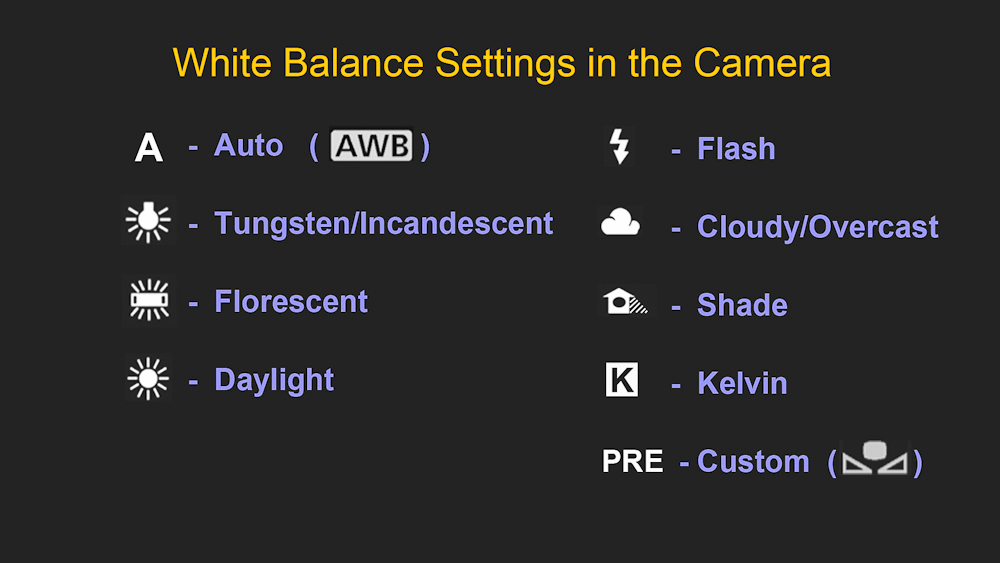
There are a number of things that can be done to deal with adverse lighting conditions, especially with fluorescent lights wave frequencies affecting contrast and color. There are many points to consider and many exercises that I take my photography students through to better prepare them for real life scenarios of what they may encounter when photographing.
The first thing to master is the way Leica Summilux-M 24mm f/1.4 ASPH lens renders images with a Leica camera. This goes for any other camera or lens you use; it is imperative to understand if your lens has warmer or colder tones and whether it can deliver good results in low light.
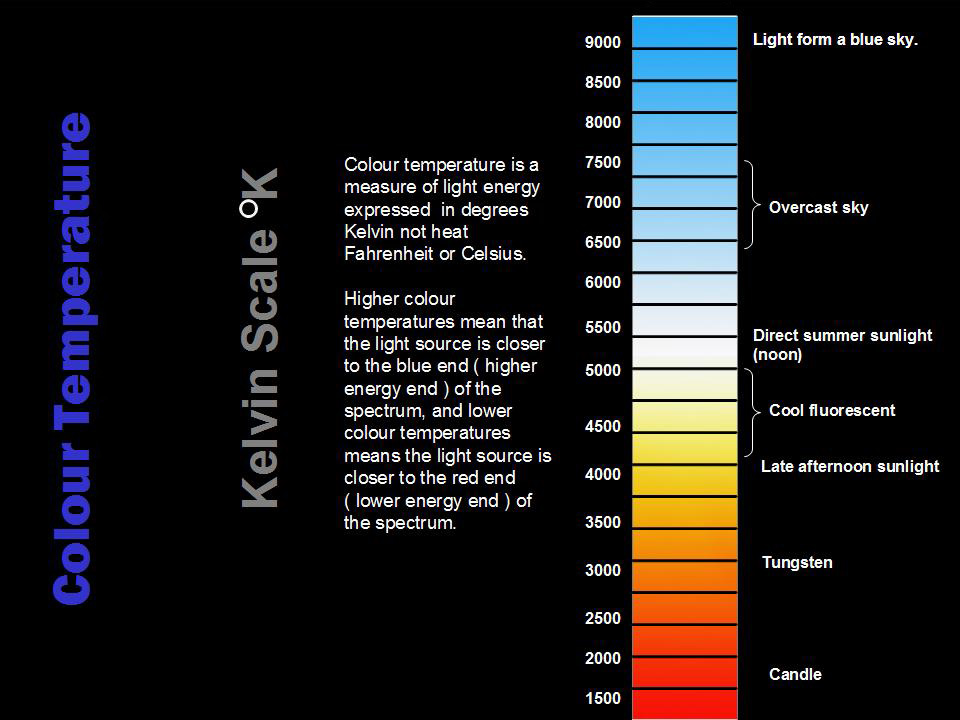
Leica Summilux-M 24mm f/1.4 ASPH lens is a very fast lens. Therefore, anyone using it will know that at night or in dimly lit places the lens will deliver great results. A capable camera like the Leica TL/TL2 can harness the resolving power of this lens to capture digital noise free images.
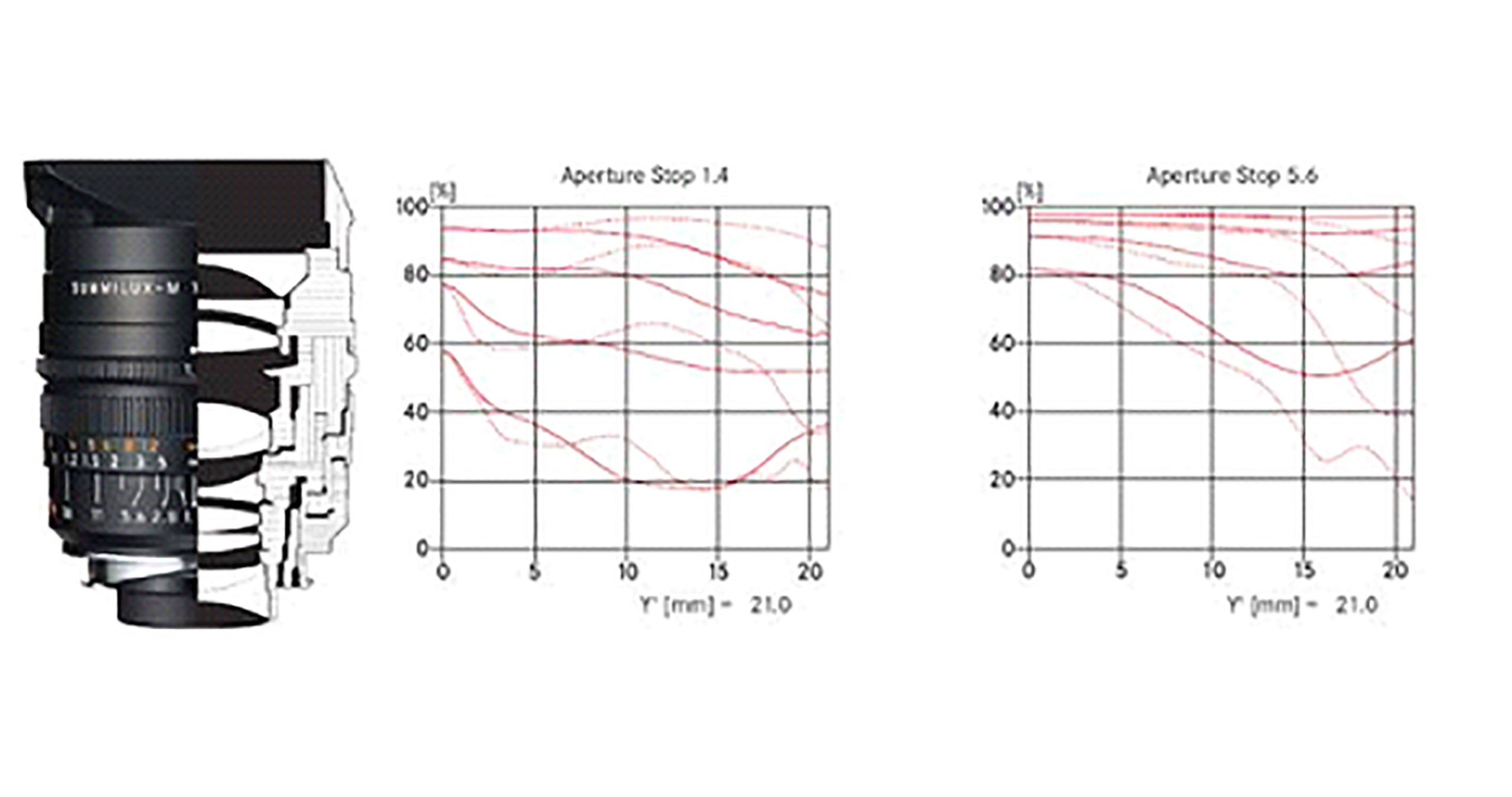
Testing your Lens
An understanding of the Kelvin scale and how different lights, HMI, fluorescent, led, tungsten will change the colors in your image is essential in getting the most out of your lens. For Leica Summilux-M 24mm f/1.4 ASPH lens, I had used for years; I knew how it rendered colors during the day, under varying lighting conditions. So, the adjustments I had to make on the day of the shoot was mostly in my Leica TL/TL2 camera.
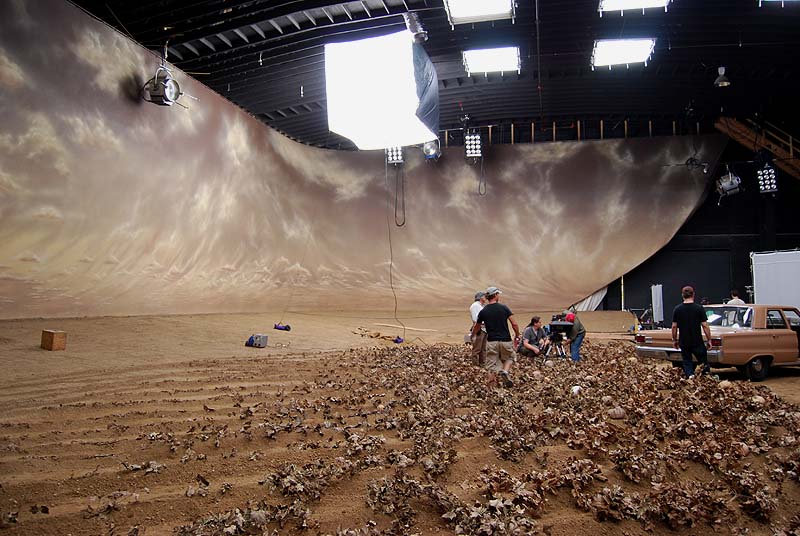
Kelvin is For Everyone
If you are experienced enough to know what different lights emit on Kelvin scale you are already ahead and would not make the foolish mistake of leaving your camera’s white balance setting at auto. “Soft white” compact fluorescent and LED lamps emit approximately 2550 Kelvin while warm white compact fluorescent emits 3000K meaning with no additional light you should have your camera’s setting placed not in florescent but somewhere between 2550 to 3000 to achieve accurate results.
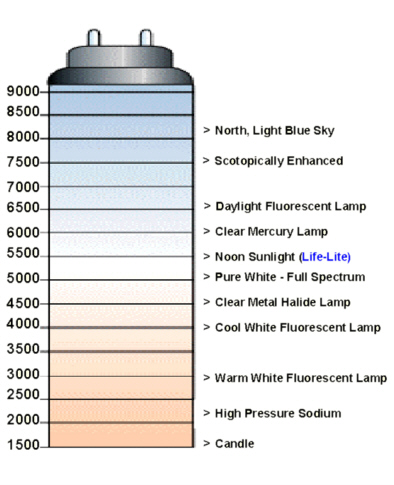
In this shoot, there was daylight coming in from the windows mixing with the fluorescent lights above resulting in a very different lighting environment. As you may know, daylight ranges between 5000 to 6500K depending on the time of the day and sky meaning that most cameras will not be able to deliver accurate results if set to “fluorescent” or “daylight” but must often be used with manual setting.
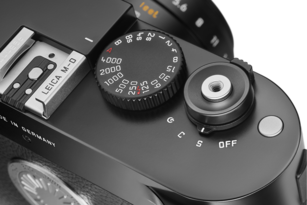
Armed with the knowledge of knowing that photographing in the kind of environment that I was in required me to set my Leica TL/TL2 camera‘s white balance before taking photographs. I took some test shots to see if what I was getting on the LCD screen was close to what I saw before my eyes.
My advice to anyone who wants to capture better photographs is to make adjustments in your camera’s white balance settings, so the colors are not yellowish hue or greyish smudge in less than ideal lighting conditions like under street lamps or greenish pale skin tones under fluorescent lights.

Please don’t do what most amateur photographers do when they don’t know how to deal with these color issues and turn their photographs into monochrome and be done with it.

The second important tip is to learn to set the white balance manually by using a white balance card so that you are getting the best of colors even under the most challenging conditions.
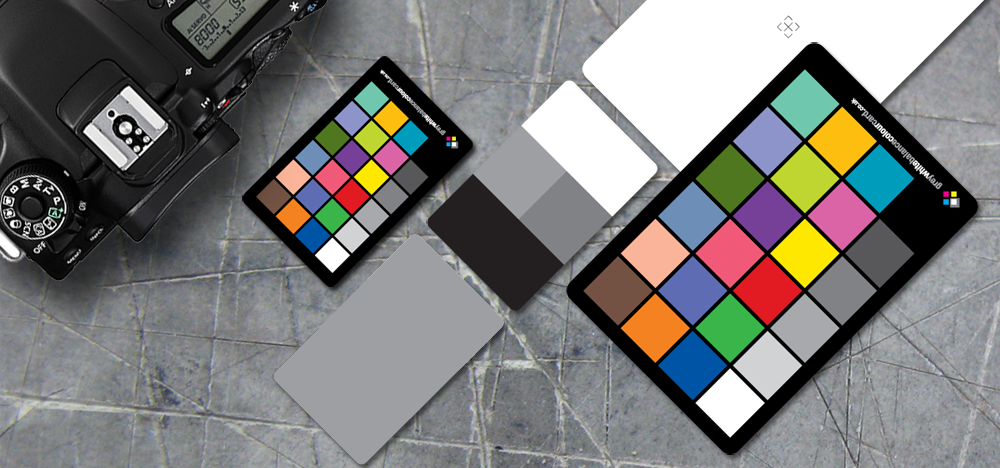
On with the Journey
As I mentioned earlier, Leica Summilux-M 24mm f/1.4 ASPH lens is one of those lenses that goes a long way in helping the photographer capture images in these challenging circumstances. One of the aims of using this lens on a Leica TL2 camera was to gain as much advantage from using a low ISO setting to remove as much of the digital noise that might creep into the final images. Some cameras have insanely high ISO settings but don’t deliver results that can be used for professional work.

As I moved around the factory floor with my Leica TL/TL2 camera, I continued to check the images to ensure that there were no dramatic shifts in contrast. Leica Summilux-M 24mm f/1.4 ASPH lens clearly had a look that stood a part of other lenses that I had used in my early days of photography. At the widest aperture, the amount of separation between the subject and the background was incredible. Bokeh was smooth and creamy with a natural transition in color tones making the images really have a three-dimensional pop.
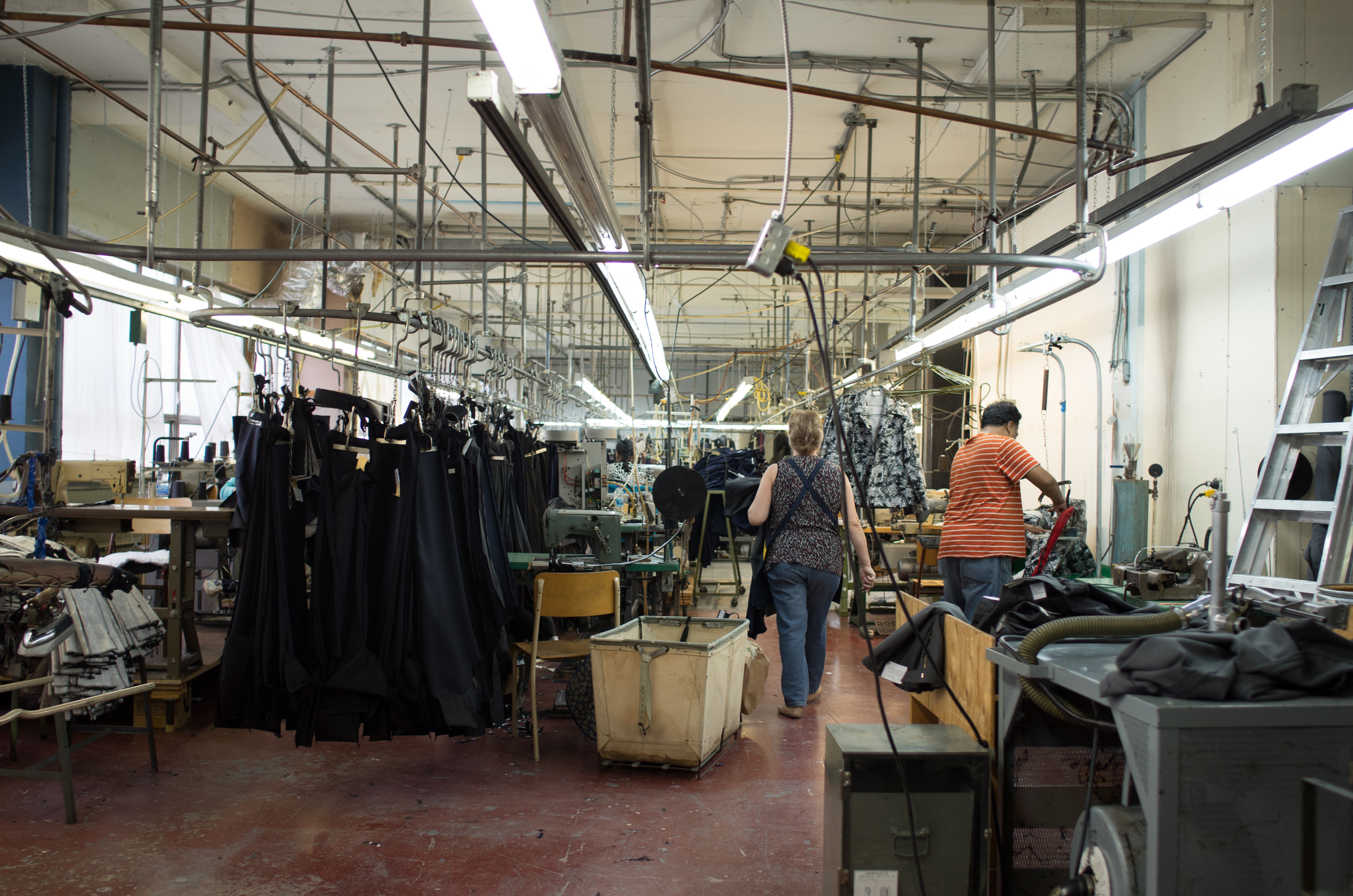
Versatility
Leica Summilux-M 24mm f/1.4 ASPH lens is a versatile lens for all kinds of photography. One can do landscape, architectural, street or photojournalism with just one lens. This was the reason I had chosen my trusted Leica Summilux-M 24mm f/1.4 ASPH lens for this project.

I also paid as much attention to selecting my camera for the shoot, knowing that anything that resembled a compact camera would be more suited to “blending in” and not intimidating those people I photographed. Imagine the cynosure of anyone using a large DSLR camera in an environment where people are working. It is always important to remember not to draw unwanted attention on yourself when you are attempting to capture photographs.
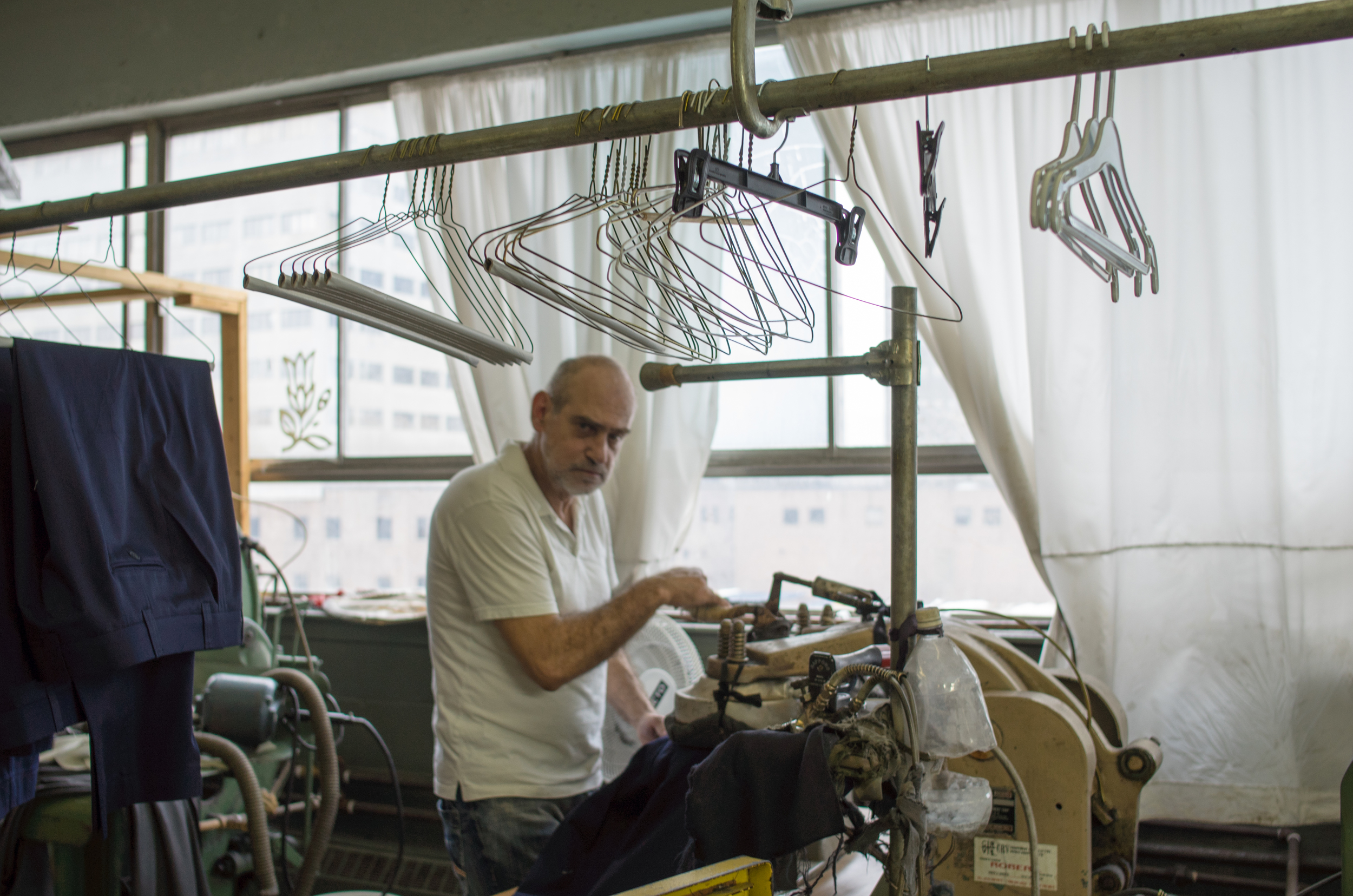
On different assignment, whether I am photographing a fish market in China or a sweatshop in Africa or a factory floor in Montreal, I often get asked why I am taking photographs. This was no different.
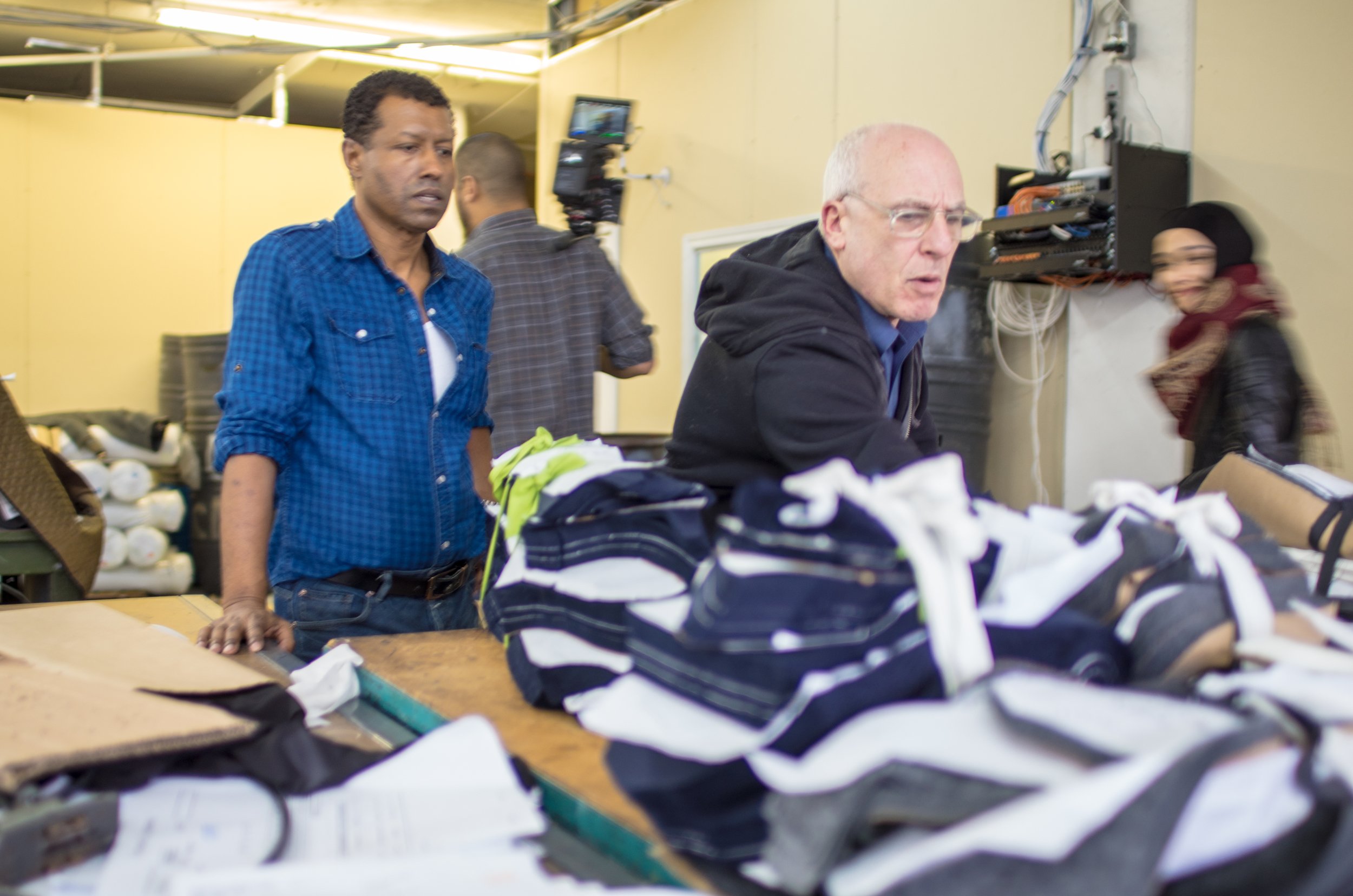
I had this question asked at least 3 times while I took these photographs in this article. Those who asked me this question would have probably not allowed me to take photographs if I was carrying an invasive DLSR camera with a zoom lens.
There are many ways to hold a camera to be less invasive and techniques to getting the best possible angle of view to capture great photographs. I can’t show you these techniques here as it takes the actual hands-on experience to master them. But I can share with you the advice that I give to my photography students, “if you wish to be a good photographer you have to get close, become intimate but not invasive with your subject.” Please take this advice and apply it to your photography especially when people are not happy to have you take photographs of them.
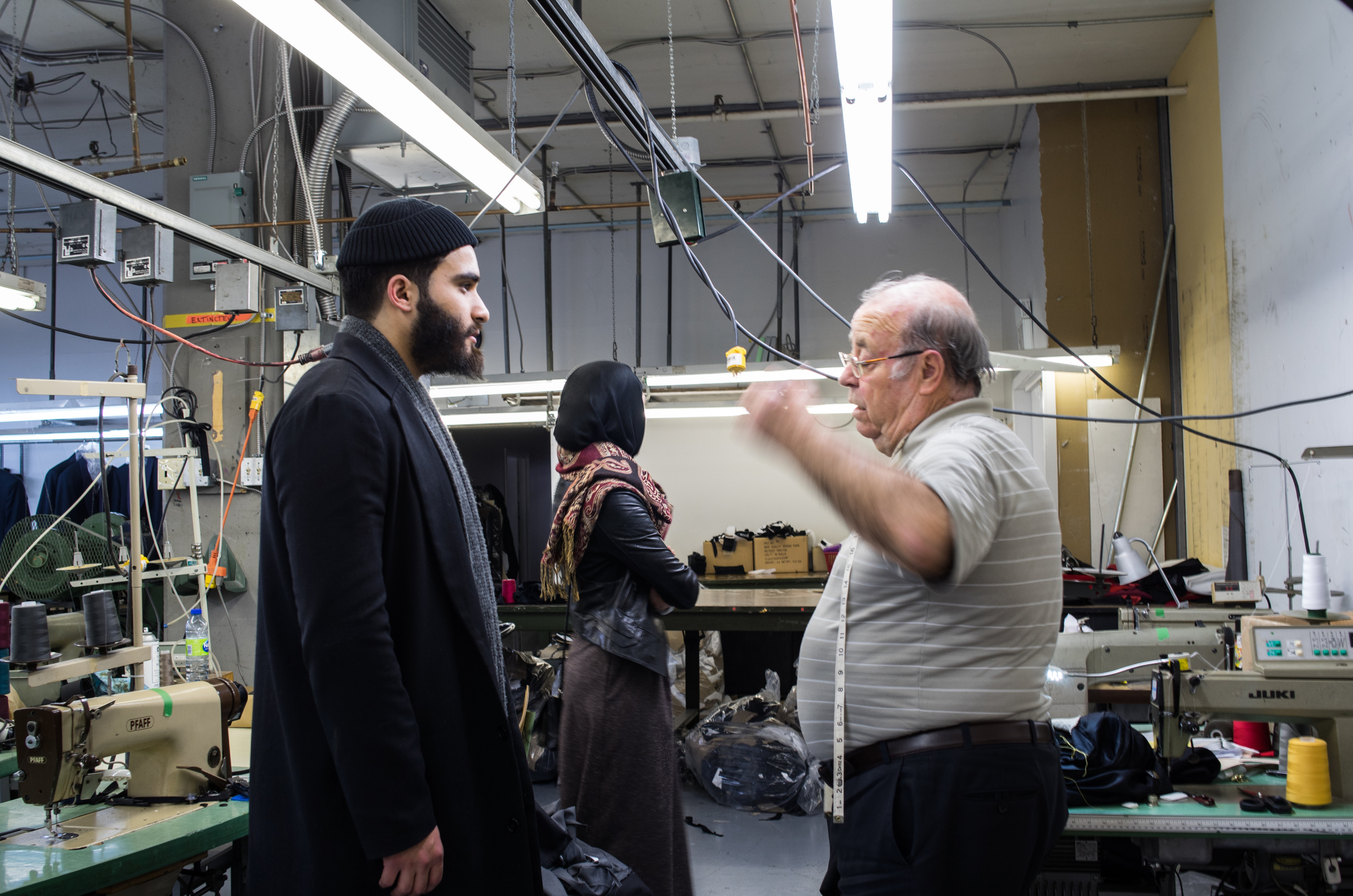
Snap-on
If you look at these photographs, you will notice that they are shot while the subjects are at ease despite my presence. At 36.5mm focal length (full frame equivalent) I had to be very close to photograph each frame in the way I wanted to portray the stories on these people’s faces.
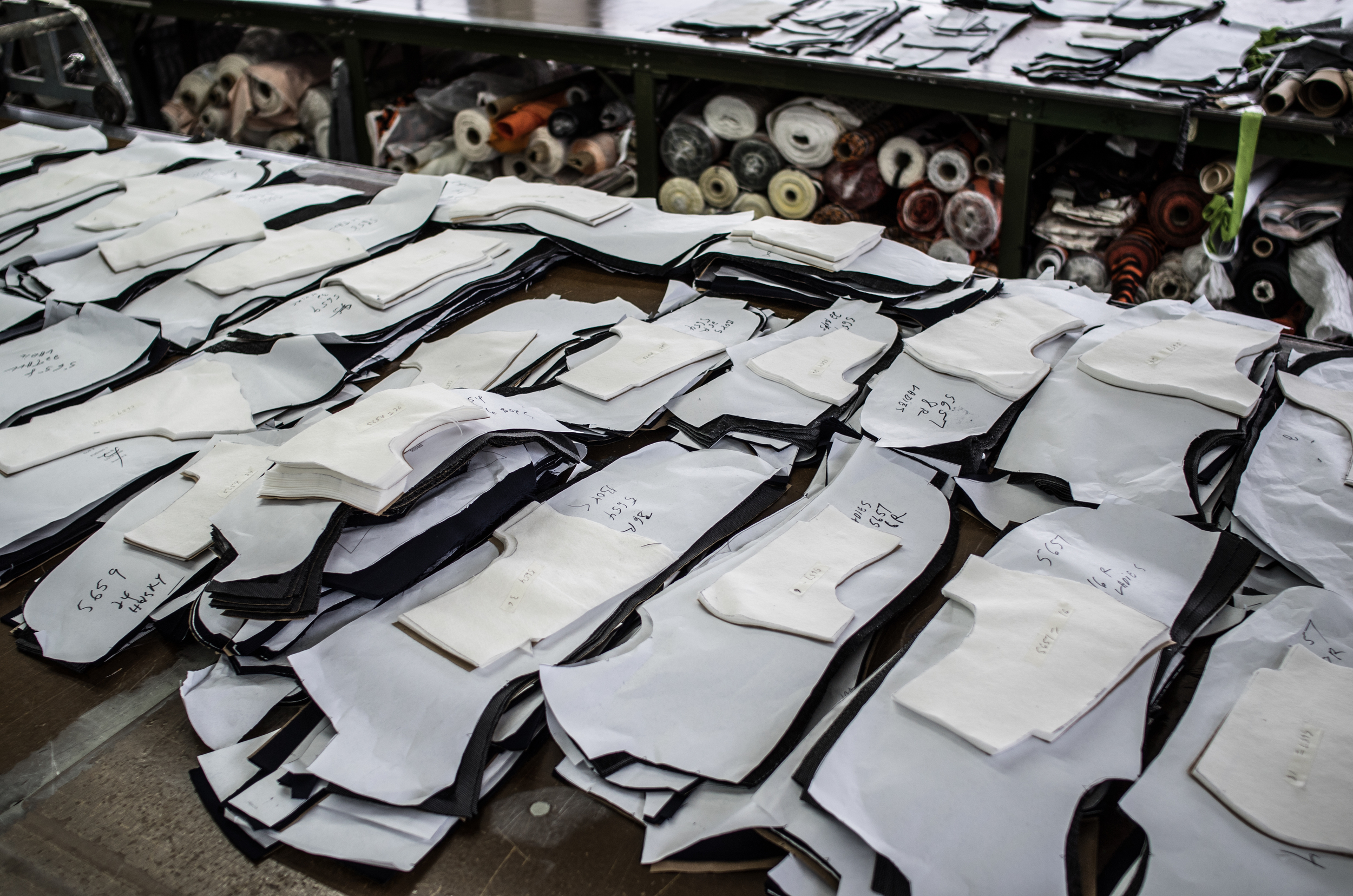
There is an advantage that comes with using a Leica TL2 camera in situations like the one I had on this project. It is the large LCD panel on the back which allows me to see what I am about to capture with the attached lens. This, of course, goes against the traditional way of photographing which is to take the camera up to your eye and focus on the subject to capture an image. Yes, that is the ideal way of taking a photograph perhaps, but that also puts the camera in between the subject and the photographer.
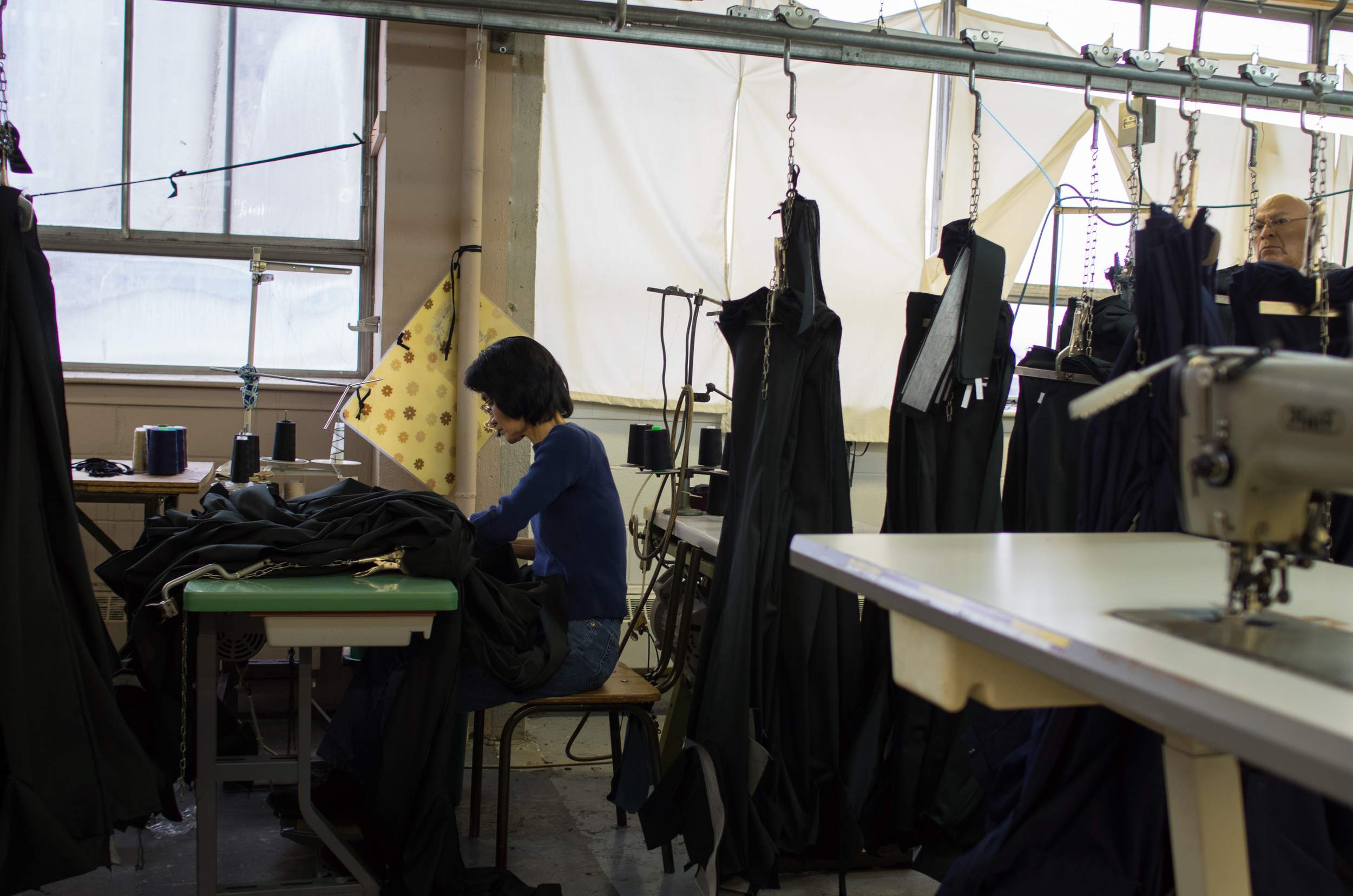
Have you ever tried to photograph without checking to see what the composition is like from the viewfinder but know from the distance between you and the subject how it will look?
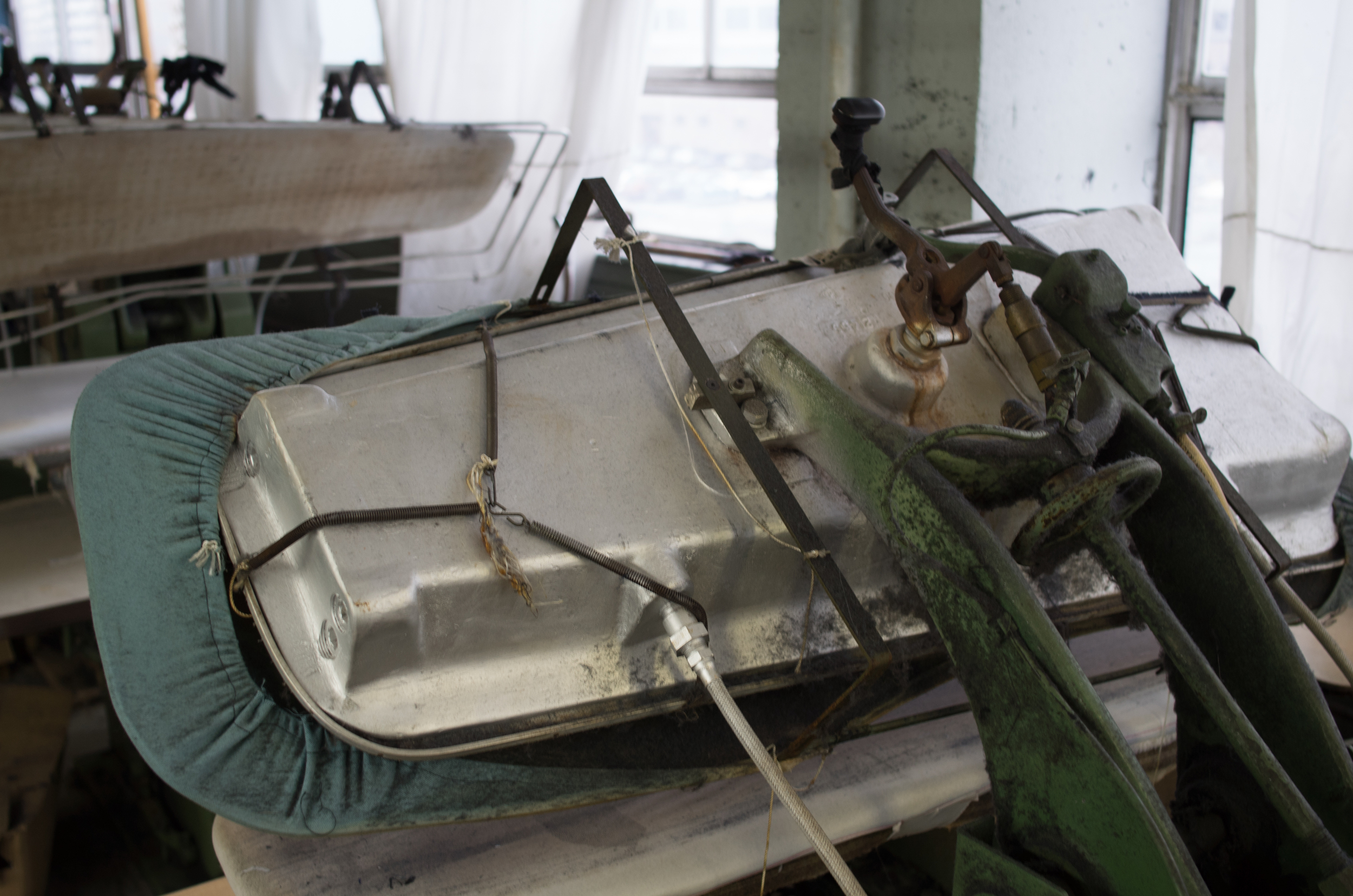
Most people are at a loss when I mention it. Even those who have been photographing for many years ask me how that would be possible to “guess” what the framing would be like without seeing it through the viewfinder. I remember one attendee in my Rome Photography workshop asking me how I could know the correct distance to stand from the subject without looking into the viewfinder to compose a frame.
For most people looking through the viewfinder becomes a crutch without which they can’t photograph. It is always important to understand how a focal length will look like should you be standing at any given distance from the subject. Using my Leica TL camera with my Leica Summilux-M 24mm f/1.4 ASPH lens, I knew I had an angle of view of 35 – 36mm, so, I could estimate the correct distance from my subject within a degree of a mere inch to capture the framing I had in mind.
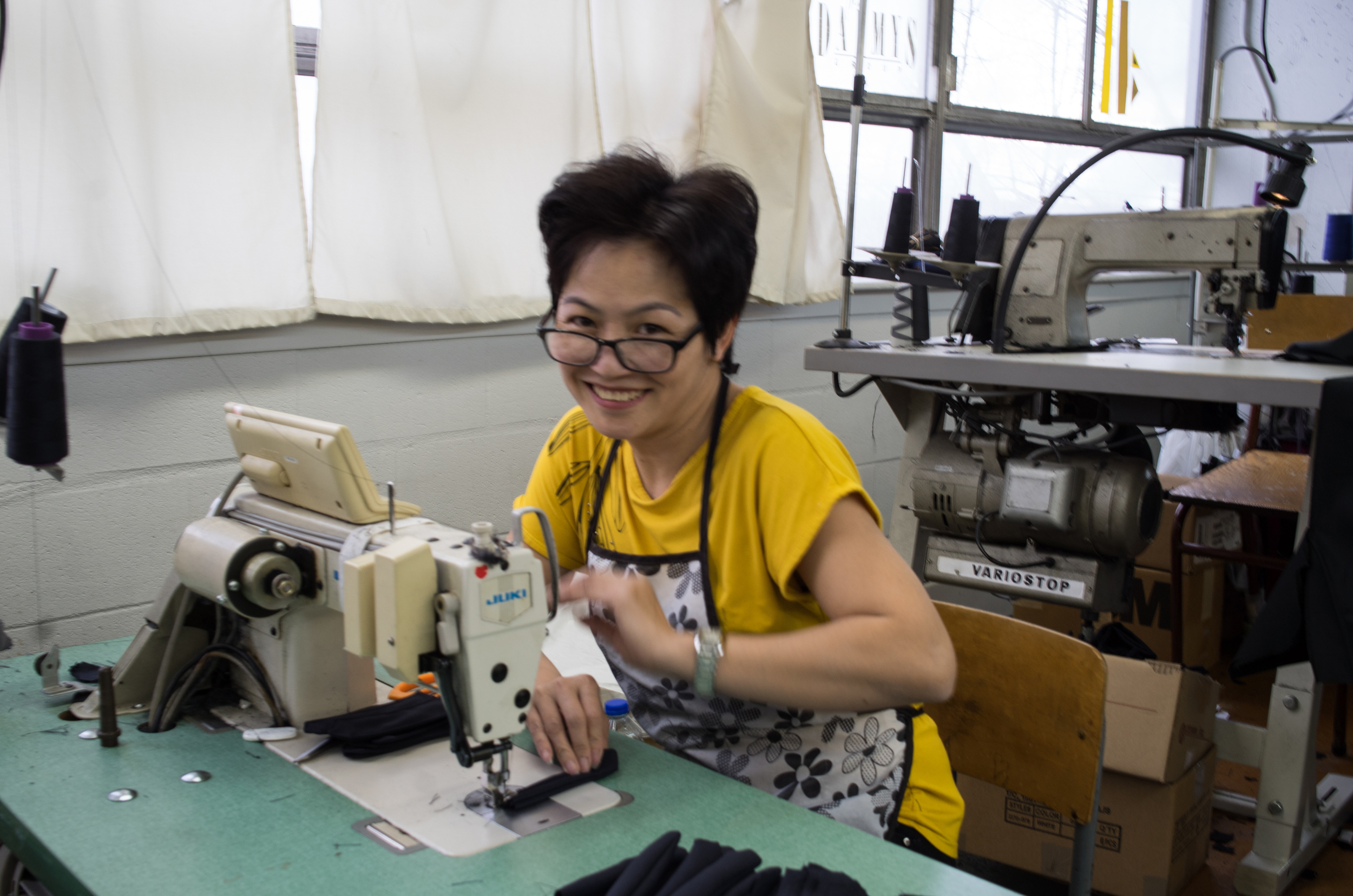
There are many techniques I teach to master how to correctly frame a photograph and how to use each focal length correctly to get the best performance from each lens, but that takes an actual hands-on experience to master with proper guidance. What I can tell you is that is think; ask yourself “do you know the difference what the angle of view would be like by looking at a space in front of you with a 21mm vs. 24mm”?
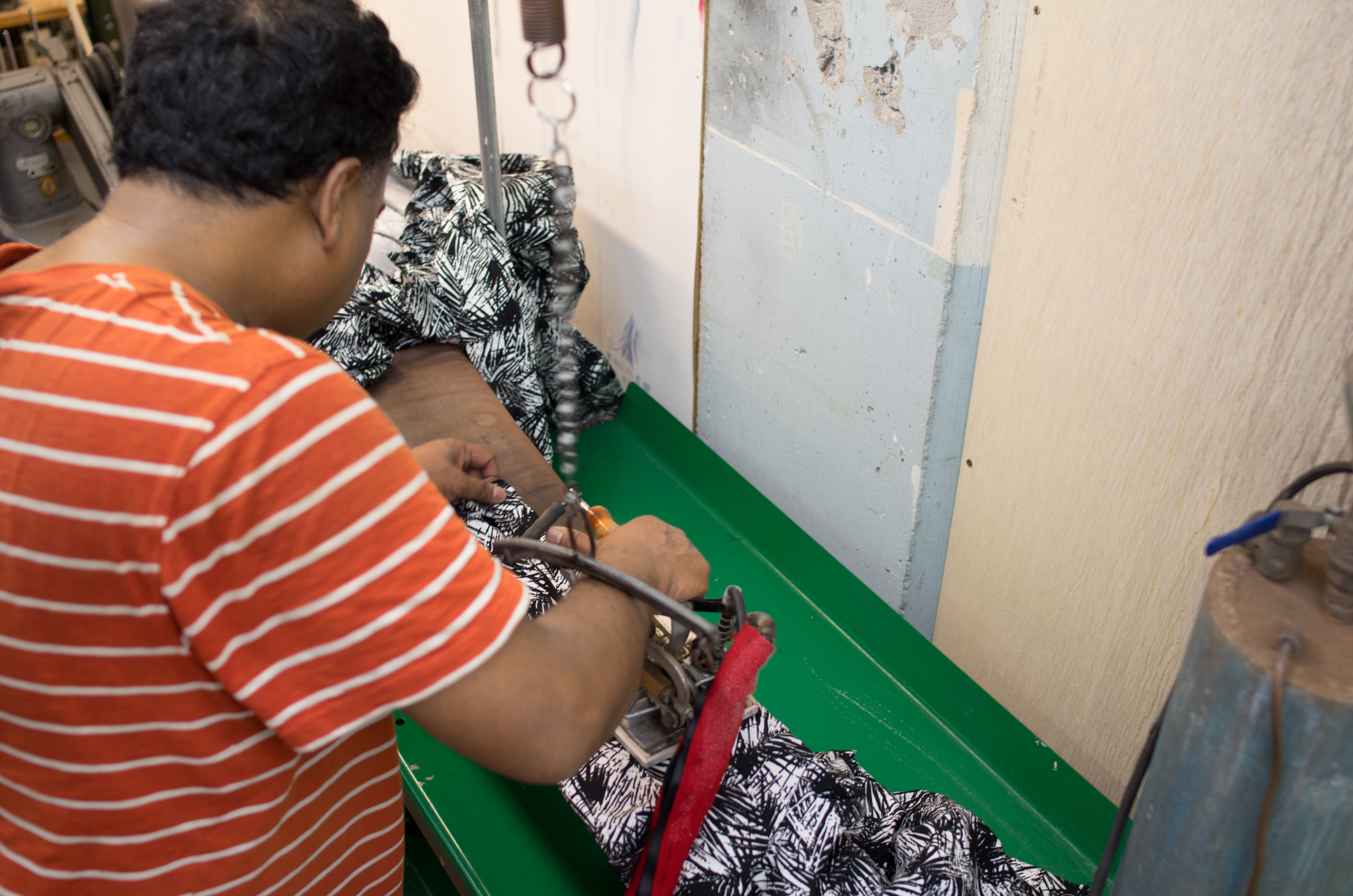
I suppose you understand what I mean when I say “imagine being behind the camera looking through the viewfinder without actually doing it.” See the image in your head before without having to look. Then take the process even further hold the camera away from you at different angles and image what the composition will encompass if its position there and you were looking at it from the viewfinder. This takes practice and like many skills getting to practice again and again until it becomes a natural feeling. It is my advice to my students to consider their first 10000 photographs as just practice.
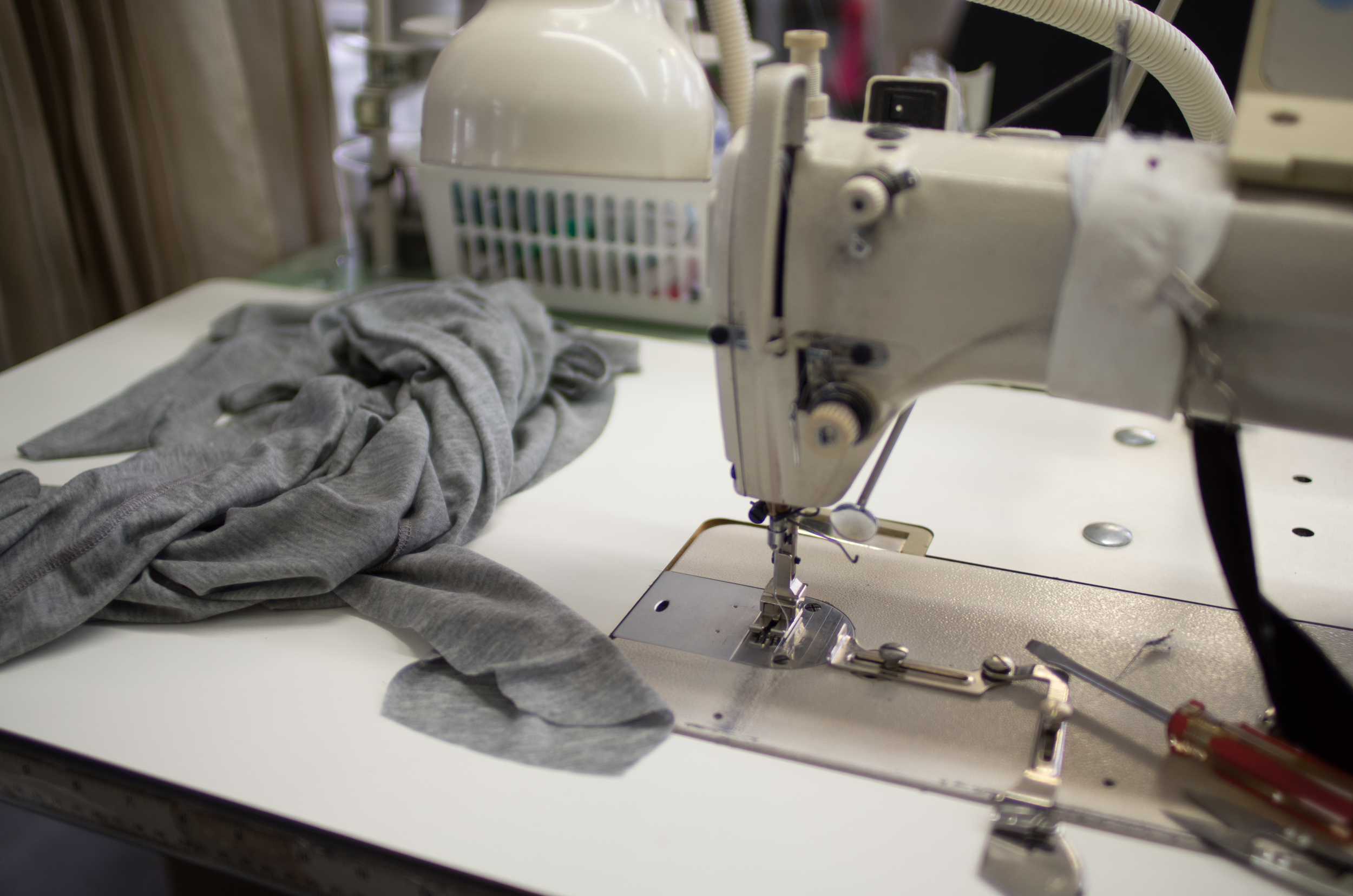
Last years I shot more than 38000 photographs. If I had used film to capture these photographs, the film rolls that would add up to more than 1000 rolls of film. That is more than most photographers shoot in a lifetime. Leica camera allows me to slow down, take my time and properly frame each shot to create the image I have envisioned in my head.
I don’t see a need to return to film days, the cameras, as well as lenses, perform better than they did in the past and the quality of digital is indistinguishable from film. This is progress which means every day there are more photographs taken by more people than ever in the history of humankind.

Today, there is more demanded from photographers than ever, photographs must be sharp, accurate, well composed, and having the right lens to differentiate your photography from the sea of images floating around the internet and social platforms means more than ever. Remember everyone kid has a smartphone, everyone carries a camera in the form an iPhone or a Samsung, or LG in their pocket.
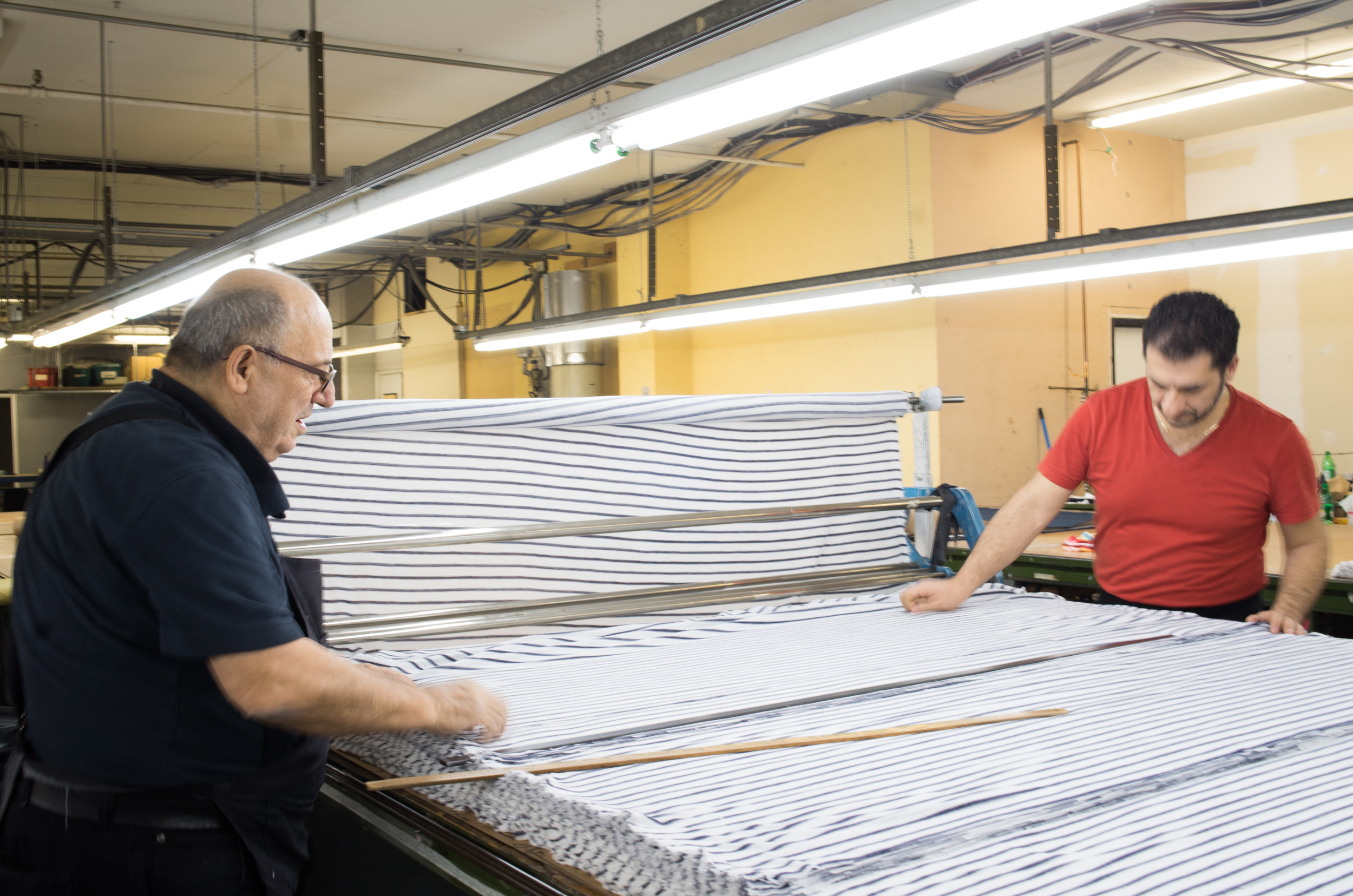
This is why knowing what a Leica Summilux-M 24mm f/1.4 ASPH lens can do is very important. It can deliver results that can’t be duplicated with smartphone cameras or cheap lenses. The truth is if you are photographing even the most mundane things correct selection of aperture, ISO and white balance coupled with a keen sense of good framing can set your photography apart from everyone else’s and that I call the art of photography.
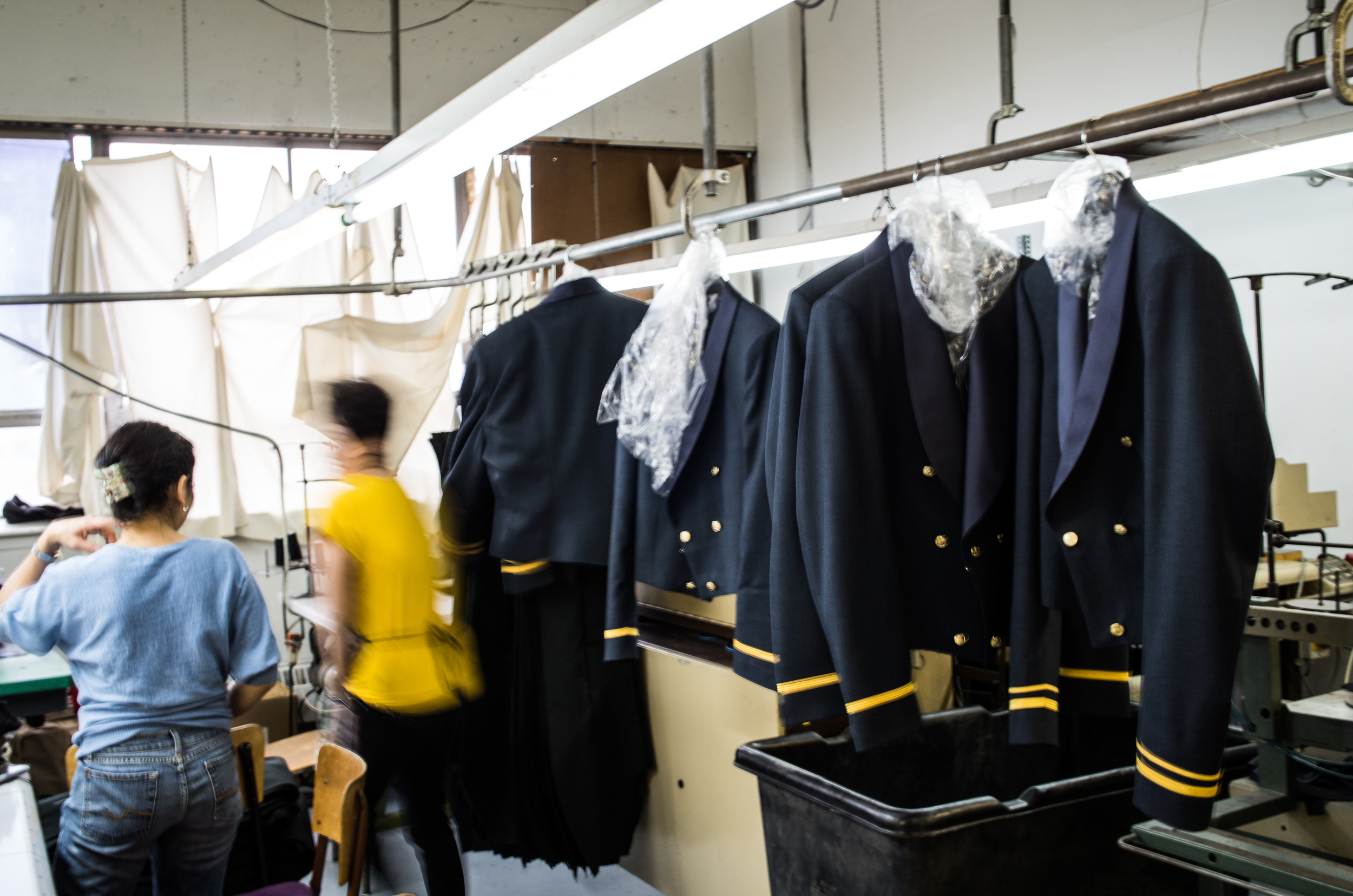
It is important to be discrete when you are photographing. Leica TL2 or any of the Leica TL cameras delivers as good results as a Leica M10 camera. What differentiates the results you achieve with any other camera is the choice of lenses used with the camera body. When you seamlessly match a lens like Leica Summilux-M 24mm f/1.4 ASPH lens with a Leica TL2 camera you have one of the best photography instruments in your hands.
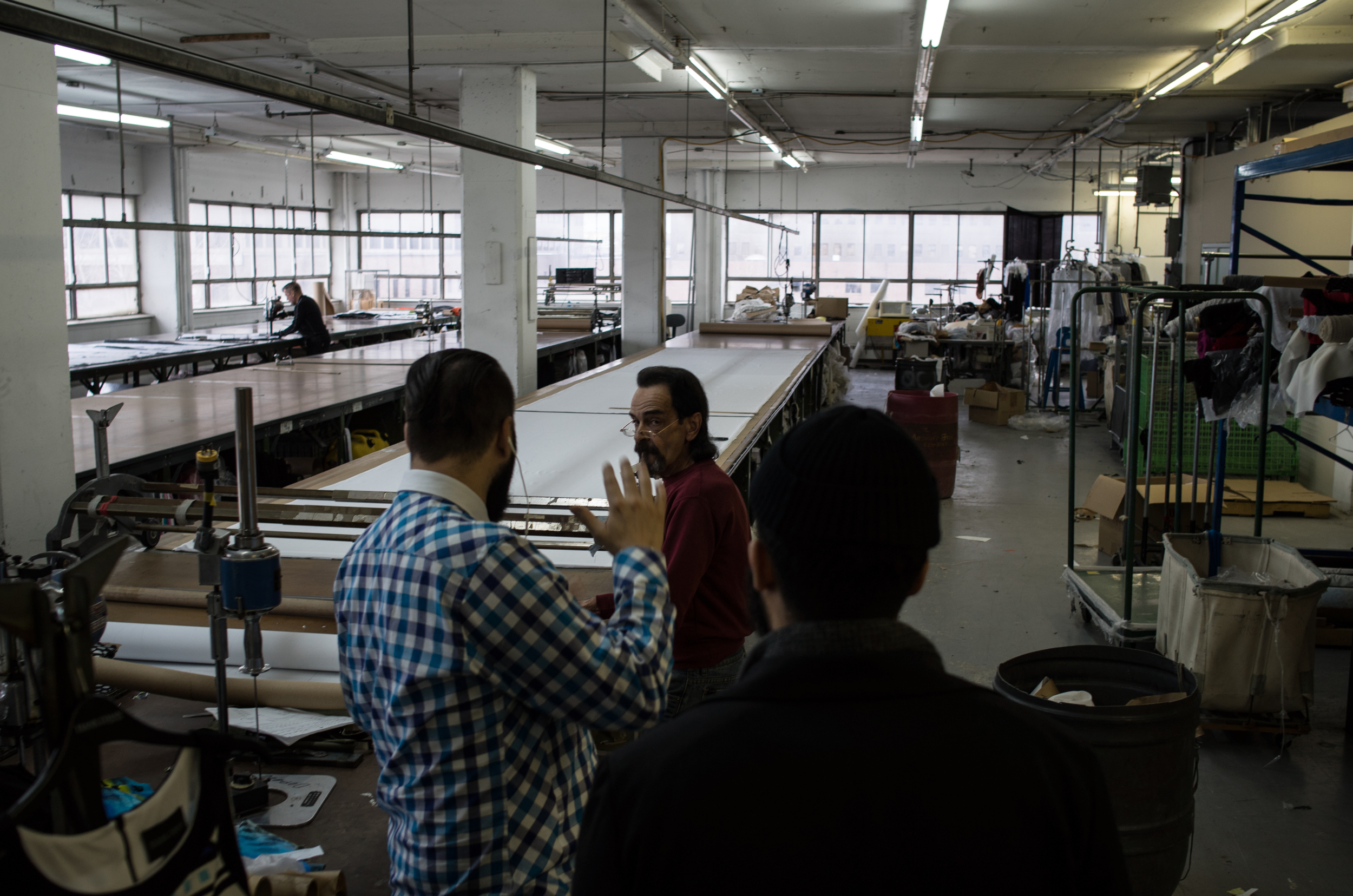
Tools for the Modern Age
I see Leica TL2 camera as a perfect tool for practicing photography because I am never lazy to take it with me when I step out my door. It is compact, lightweight, looks and feels like a smartphone and delivers results that smartphones can’t match. This is why when someone wants to take up photography and asks me for my advice on which camera to purchase, I say buy a Leica TL2 camera.
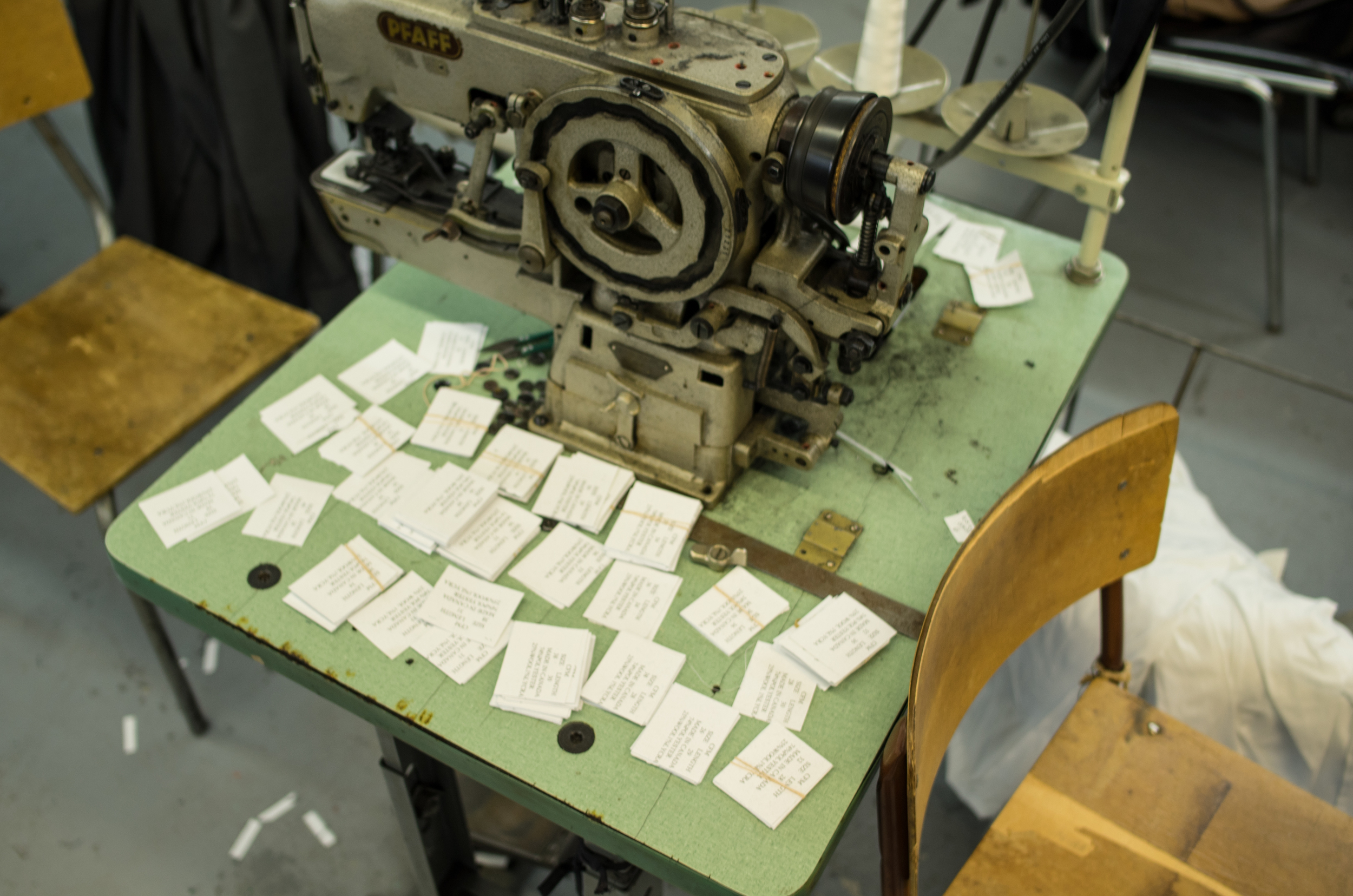
My advice to you is to spend your money on buying the best lenses you can afford, especially Leica lenses that have stood the test of time and is the choice of many professional photographers. We are now on to the third generation of Leica TL2 cameras within a span of three years. But, Leica Summilux-M 24mm f/1.4 ASPH lens has been around for decades with almost no change in lens design. Of course, it costs more because it delivers more, so forget that cheaper alternative because you will outgrow your slower and less expensive lenses within months but rarely your camera.
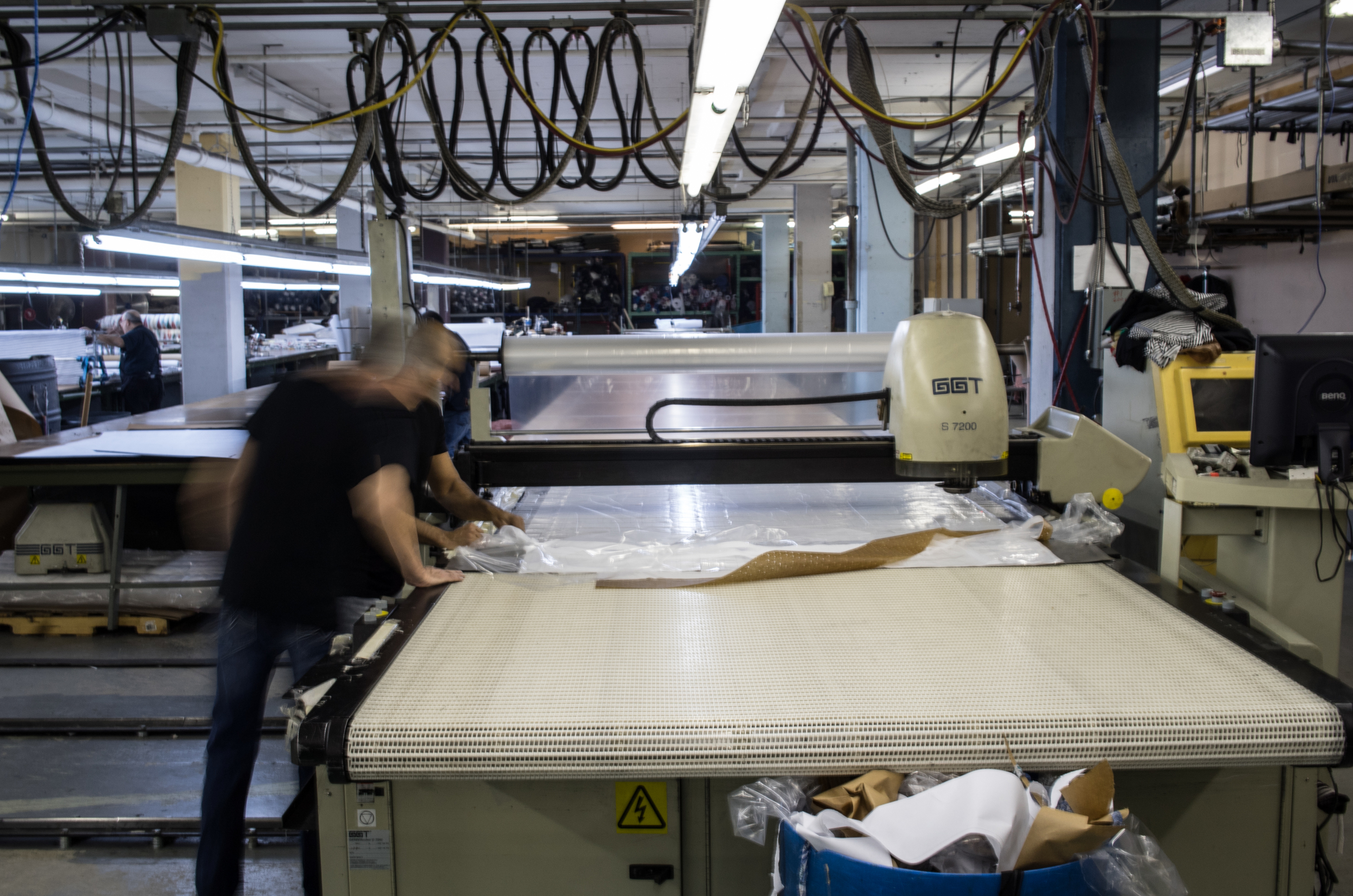
I know Leica TL2 camera has never been popular around Leica M rangefinder circles, perhaps it is the diversion from the classic rangefinder look that distances most people from this competent, robust camera. I suggest you give it time to grow on you, test it, try it, rent it, shoot with it on your next trip, I promise you if you can master the camera you will begin to appreciate what it can do for your photography.
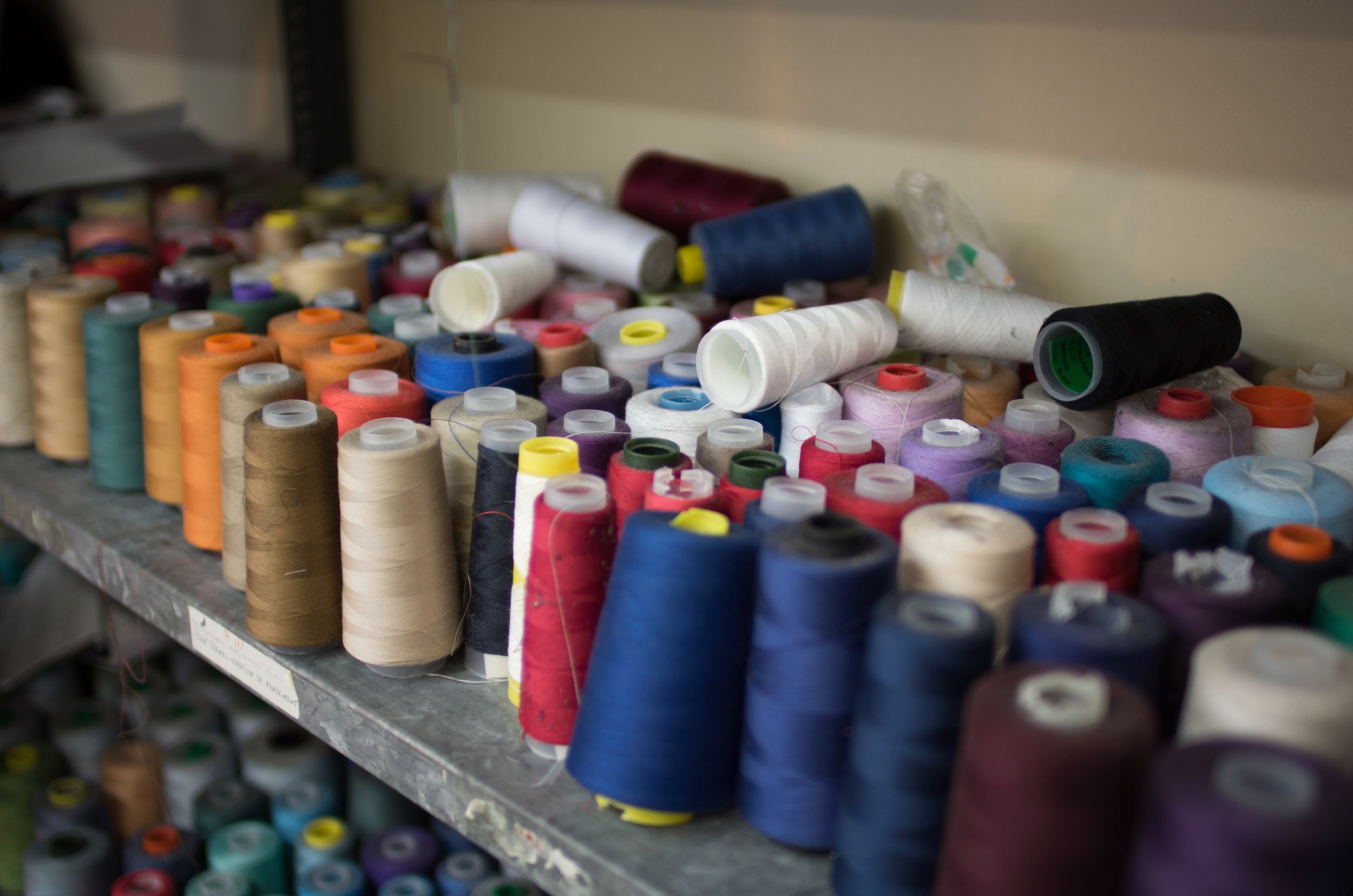
The state of photography has advanced so far that today a person can put the camera in full auto mode, press the shutter and get 20 frames a second without even blinking an eye. Autofocus is so fast that it can freeze the motion of a sprinter in a 100-meter dash. Does this mean that photographer knows what he/she is doing between each frame the camera captures or is he/she merely looking to get one lucky shot?
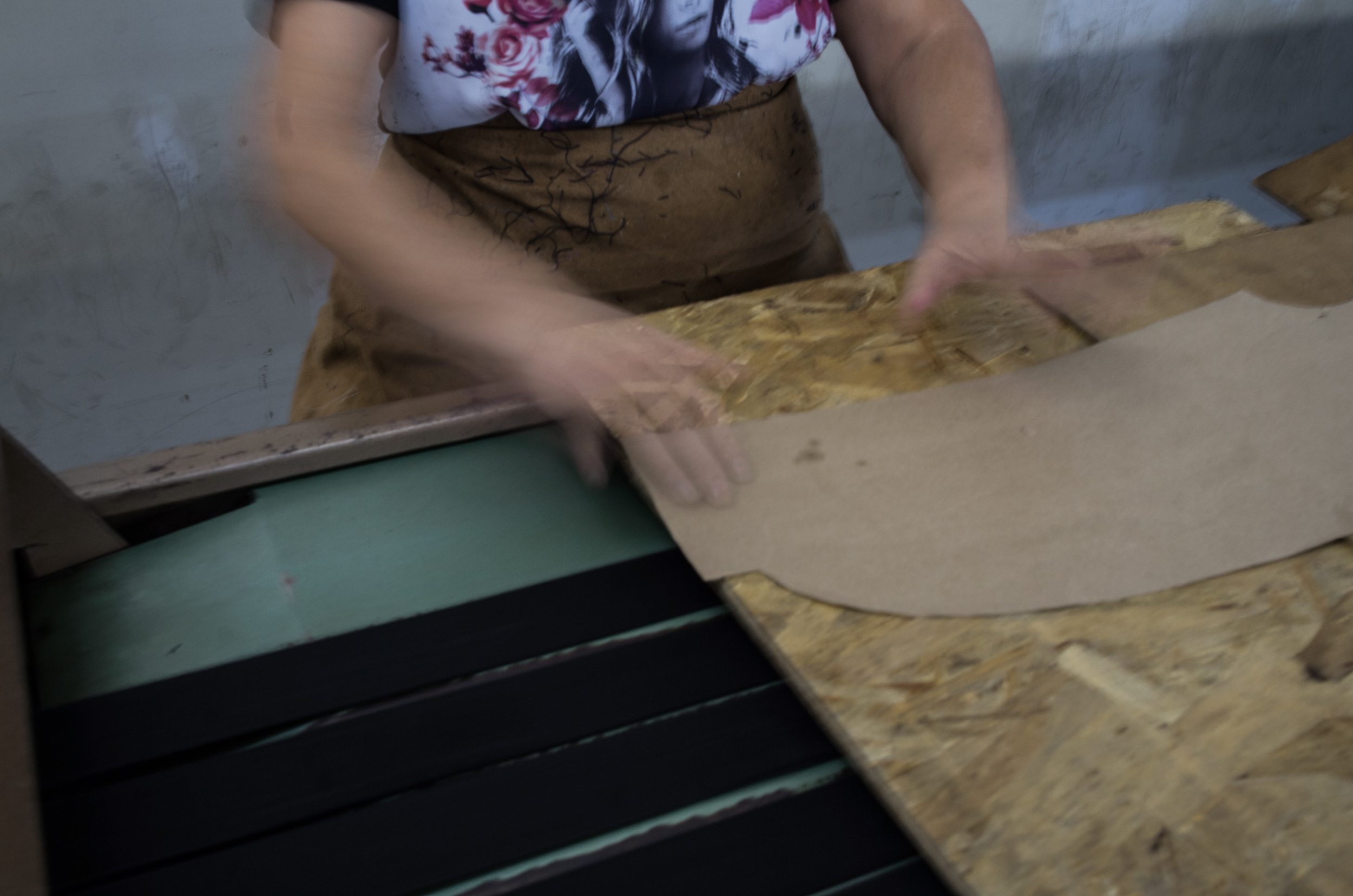
Of course, taking a photography workshop or class is essential because somethings can’t be learned through just watching Youtube videos or reading books. Photography is still an apprentice/master relationship which requires hands-on experience with guidance. It takes courage and dedication to push past your comfort zone.
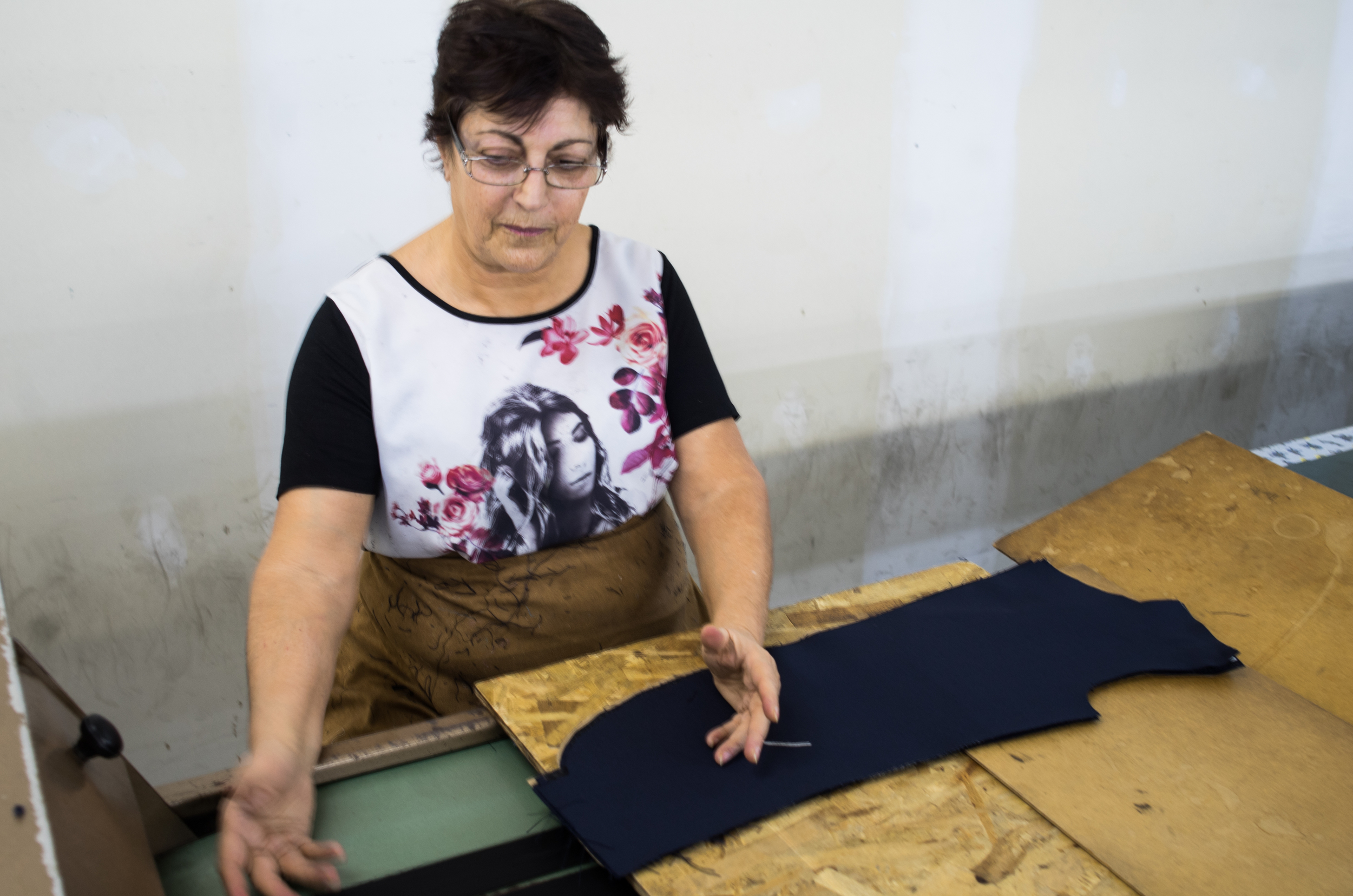
A photographer is not the one with the lucky shot, as I did on my field test with my Leica Summilux-M 24mm f/1.4 ASPH lens, I put as much thought into selecting the appropriate aperture and white balance as I did to my framing and composition. Before I pressed the shutter button, I knew how my exposure was going to look like and what my depth of field would be like, remembering what you are after is a good starting point when you are photographing. That is why one of the assignments that I always send my students to do is find a subject matter that interests you and make a photo journalistic project out of it. It can be tailors, cooks, street sweepers; it could be bartenders, whatever may be of interest to you. That is what makes your photography advance, practice, and growth in knowledge and skill.
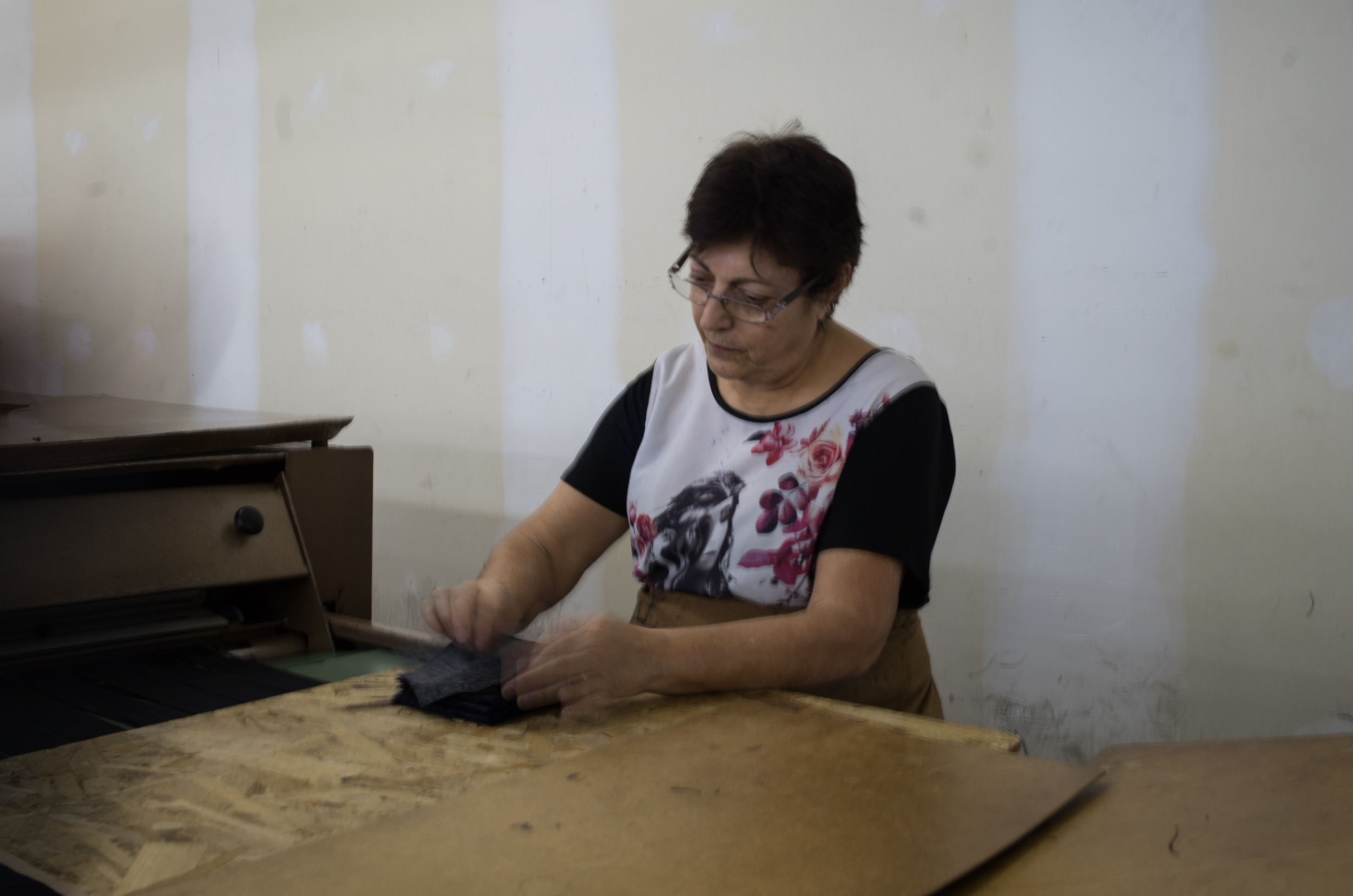
Getting Around
In this photography project, I had to talk with everyone; I wanted to make them feel at ease and help them to open up to me to so I could capture these photographs. Believe me, almost everyone was shy or hesitant about having their photos taken, perhaps because they were working in a sweatshop. In most parts of the world, sweatshops are the same people work long hours in poorly lit places; dust seems ubiquitous spaces, those who work are considered no different than machines churning out products which we take for granted when we go shopping for them.
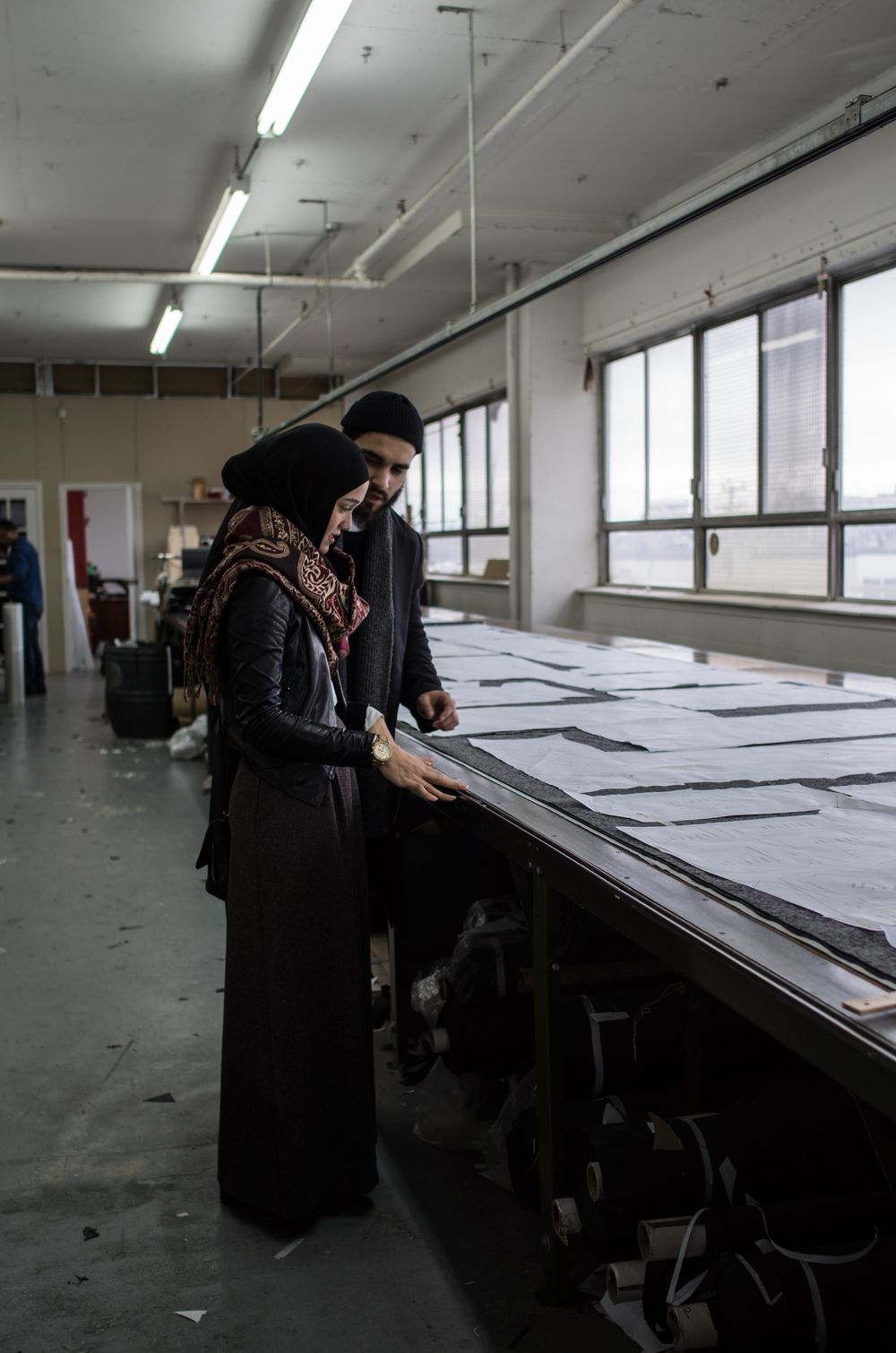
It is the responsibility of the photographer to make his/her subjects feel comfortable and at ease to allow him/her to take the best images. If for a moment you think this is an easy task, I invite you to get your gear and go out with the garbage collectors and factory workers to allow them to accept you among them. Photography is challenging, and that is why using a Leica TL2 camera should not be.
As photographers, we must learn to use our lenses and cameras well and have the courage to go out and photograph what seems challenging to us.
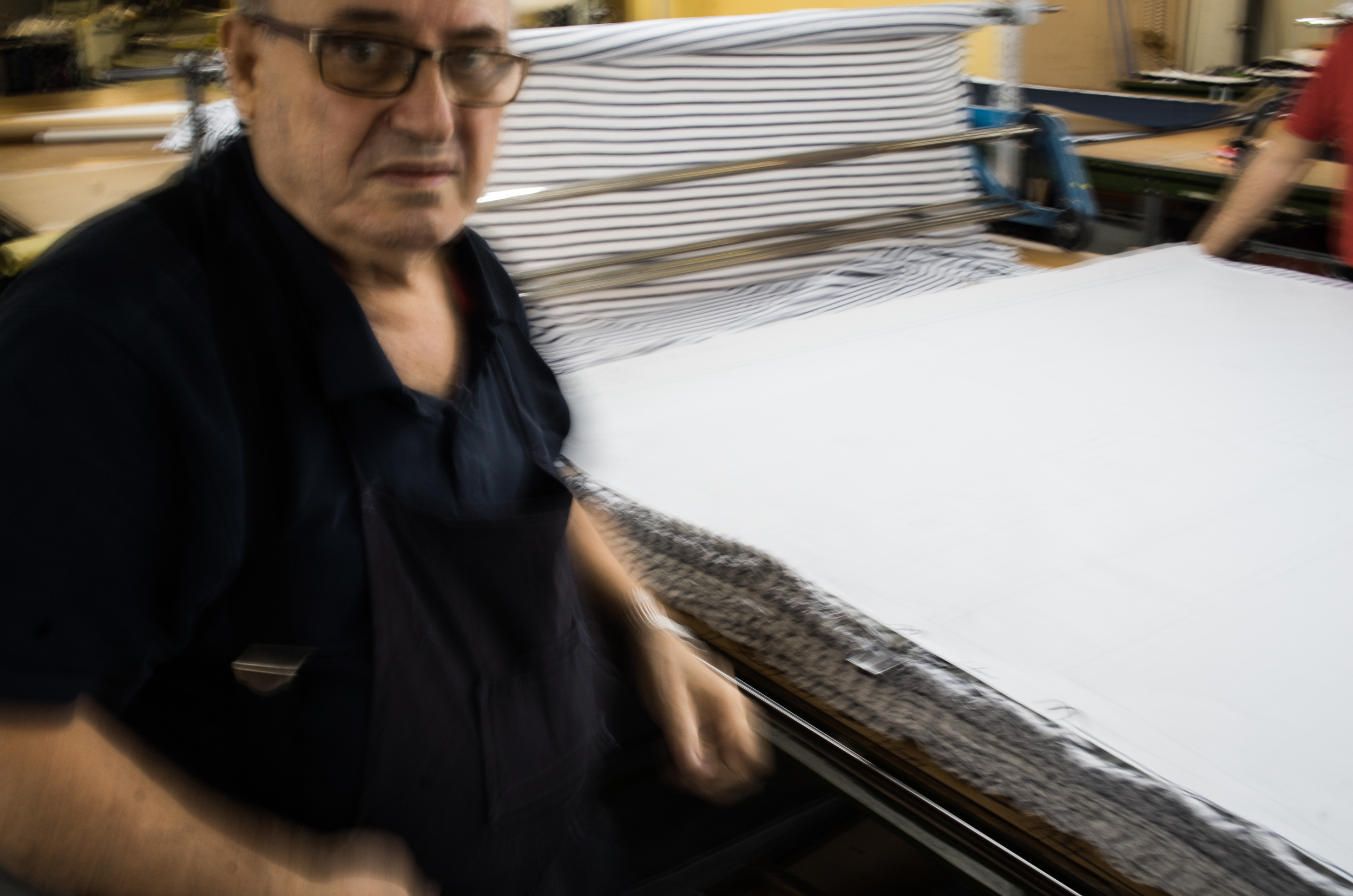
Leica Summilux-M 24mm f/1.4 ASPH lens was the lens that delivered the results I was after; each photograph tells a story, a moment captured for posterity. On the day of the shoot, my Leica Summilux-M 24mm f/1.4 ASPH lens was the only lens I took with me knowing that it would deliver exceptional results. It did because it was a fast lens, accurate and sharp. It allowed me to capture the spirit of what this factory space encompassed.
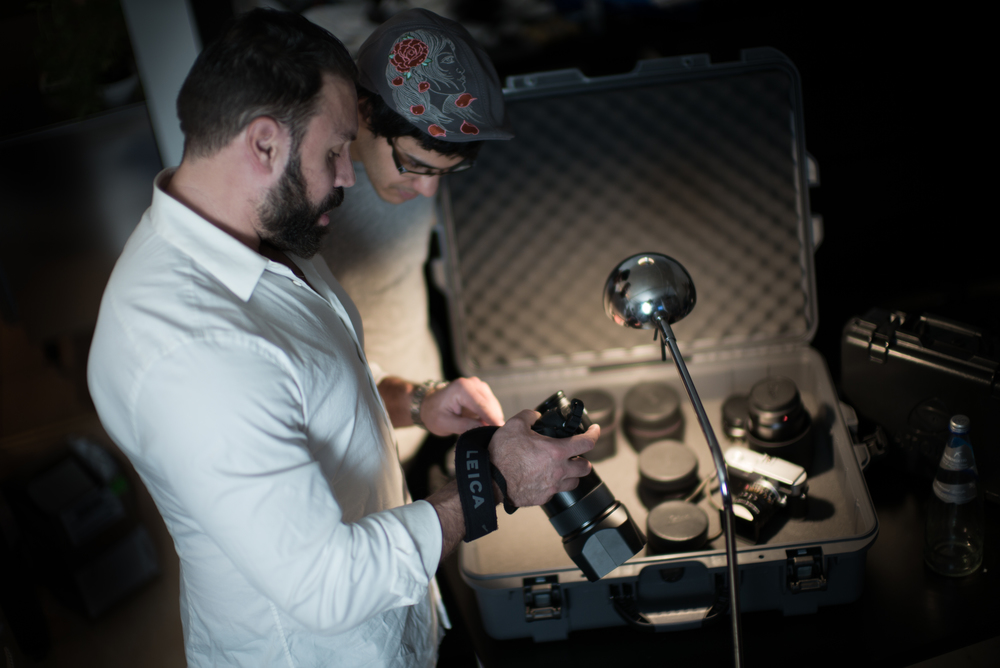
This is why when you view photographs of Steve McCurry you will see a different touch of magic than with Ara Guler. They both were life but telling it in their unique way. That is not written in photography books, nothing from online videos can tell you where to find your unique way of telling a story. But, I encourage you to be diligent to surpass the master, surpass yourself every day with each photograph you take.
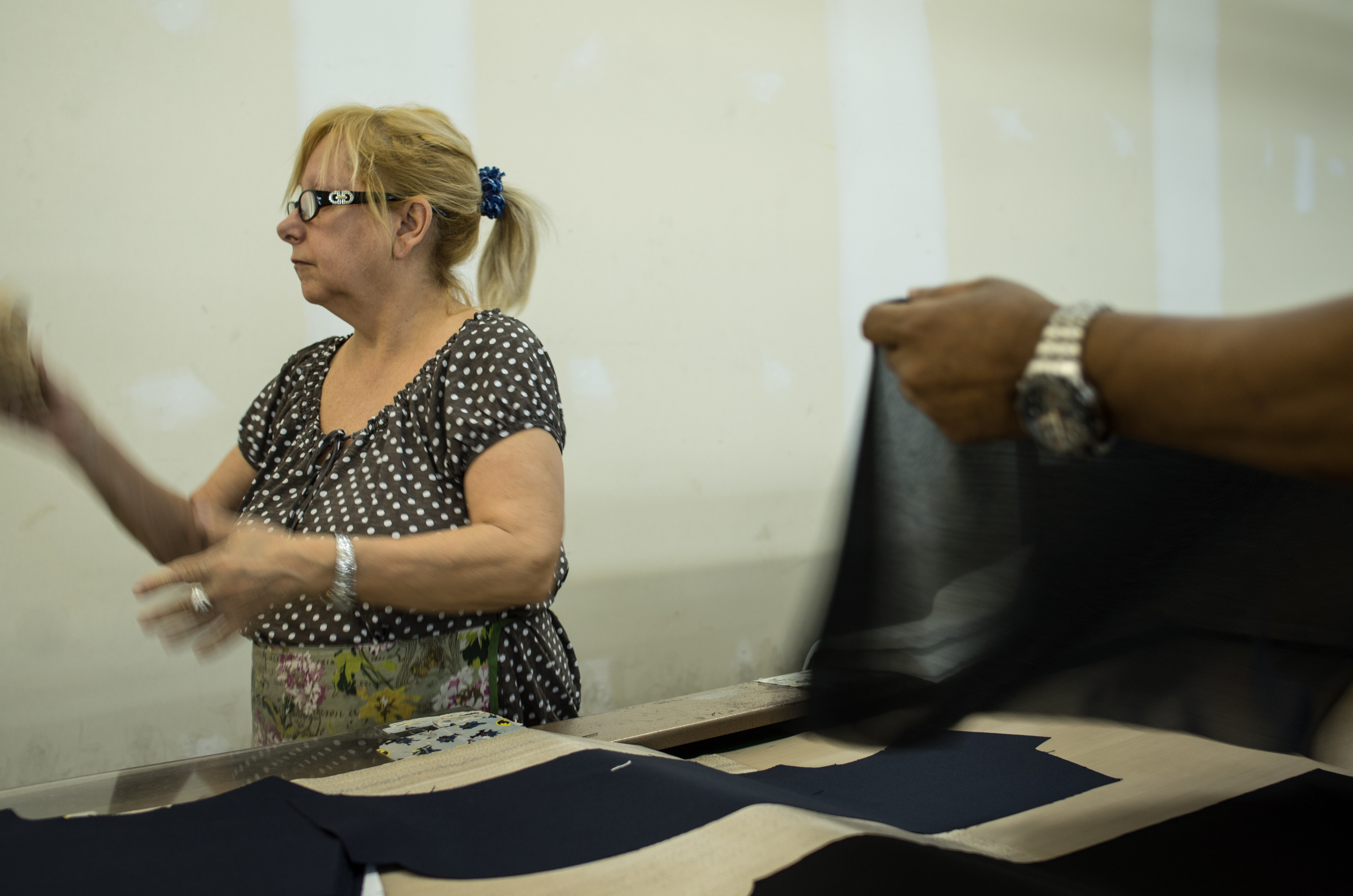
Motion & Emotion
If you look at the photographs you will see that there is motion created with the blur of moving subject yet some are caught in perfect focus which goes towards creating a statement that is my artistic interpretation. It is also the responsibility of the master to teach the student to find his or her own style because ultimately that is what separates one master photographer from another.
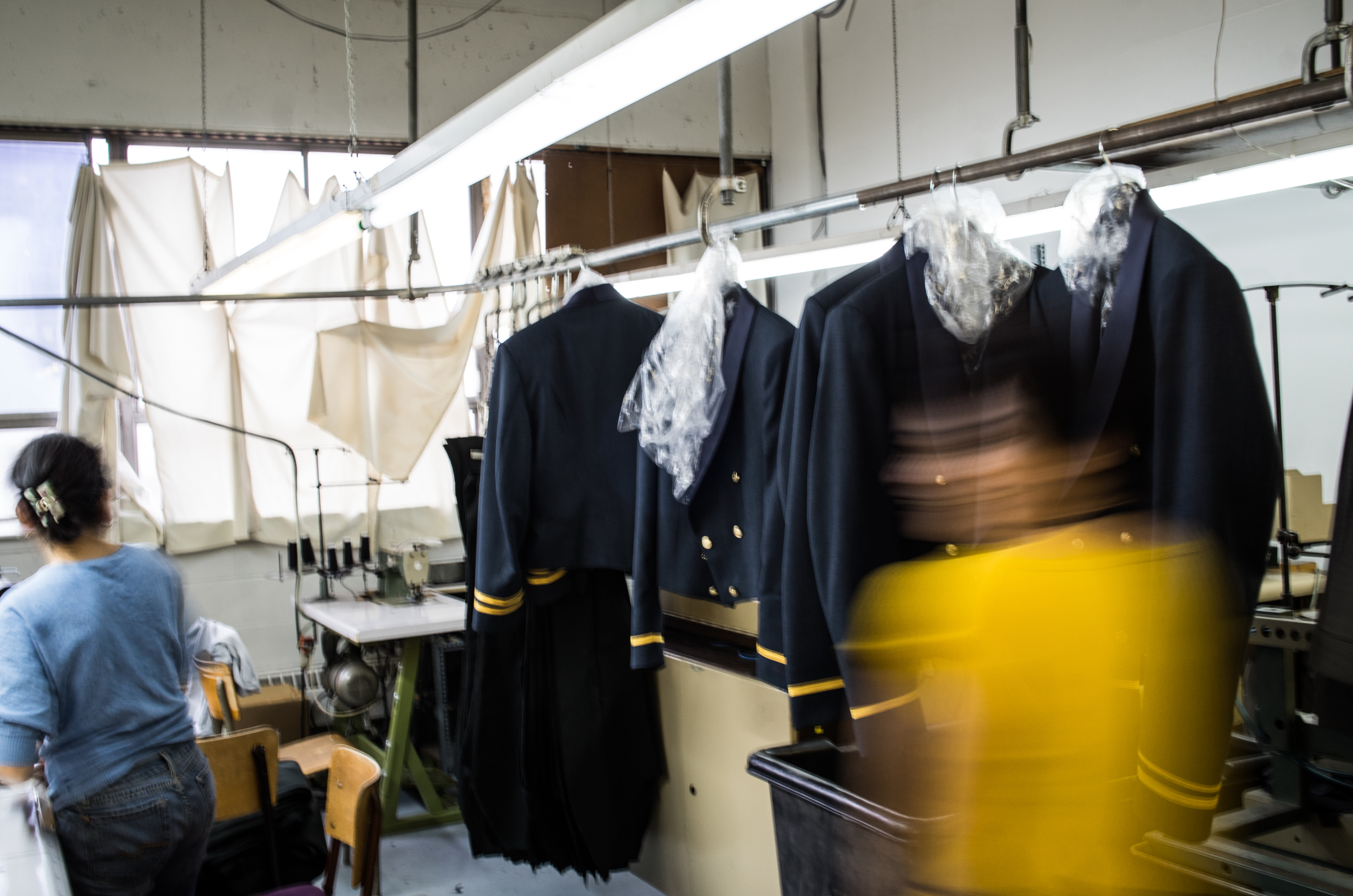
Who inspires your photography?
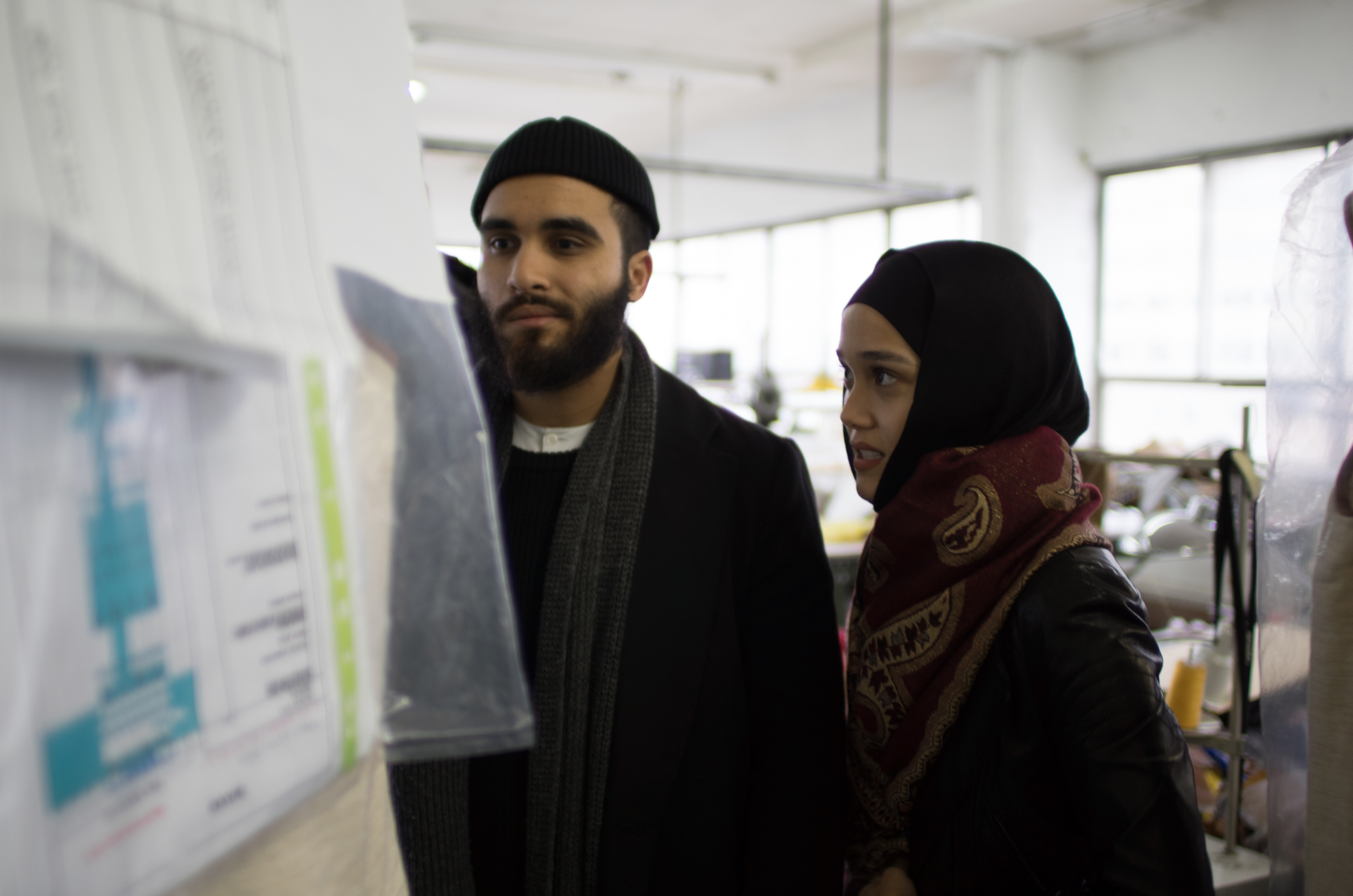
Cameras & Beyond
Today, there are really no bad cameras out there, not when we compare them to a few years ago. Most cameras can capture 24MP or more and work amazingly well in low light scenarios. I have never seen anyone exhaust the limitation of their modern digital cameras even the professionals.
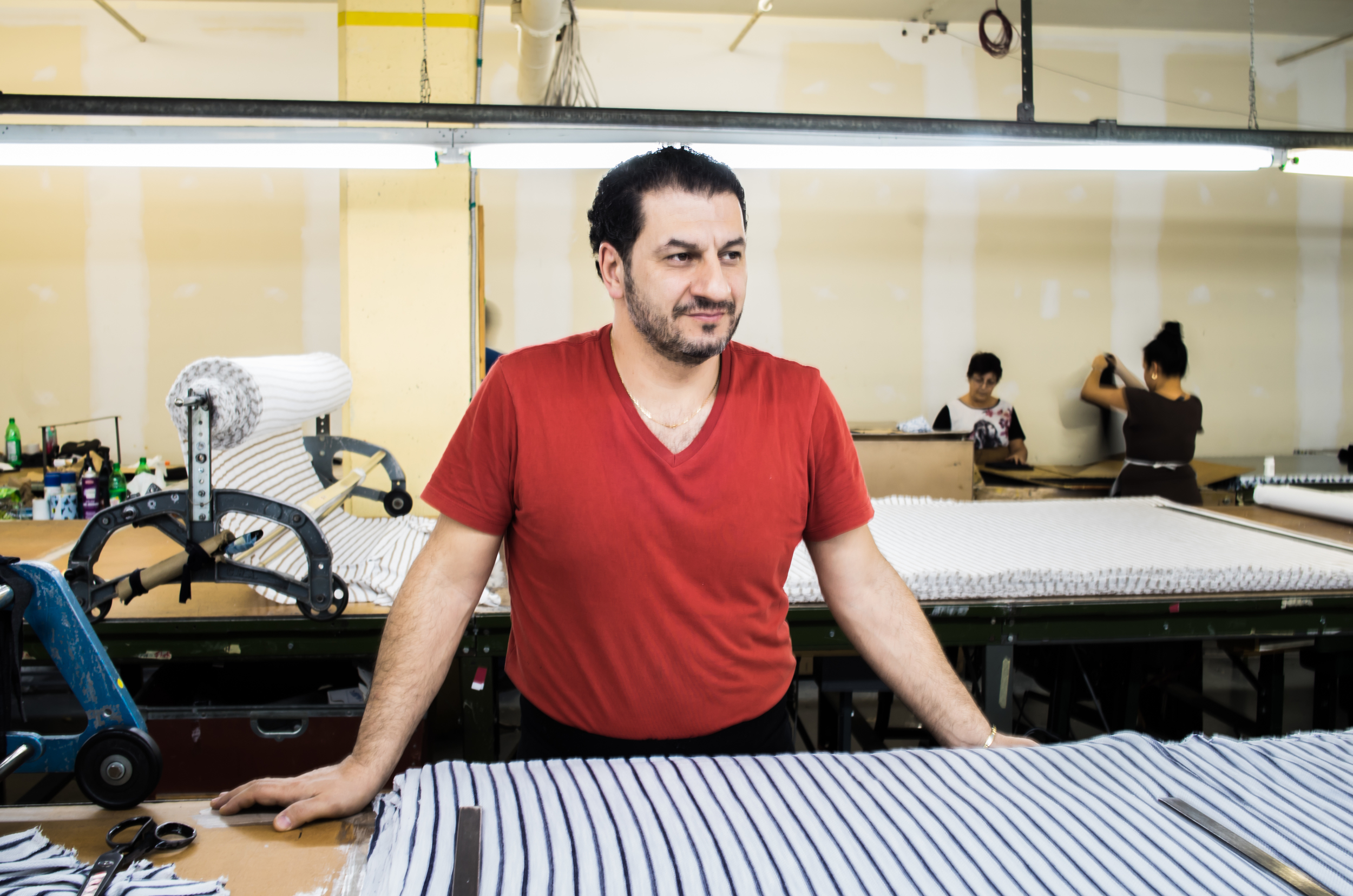
Better cameras and lenses allow for more flexibility and creative tools to construct images. Leica Summilux-M 24mm f/1.4 ASPH lens is one of those great lenses that will serve you for decades even a lifetime no matter how much the cameras grow in their capabilities or megapixels.
It is almost an effortless process to get good photographs during the day when the sun lights up the day, but when it comes to indoors and night time there are still challenges that must be faced. Leica Summilux-M 24mm f/1.4 ASPH lens being a fast lens can help you to capture amazing photographs is low light and create incredible separation between the subject and the background.
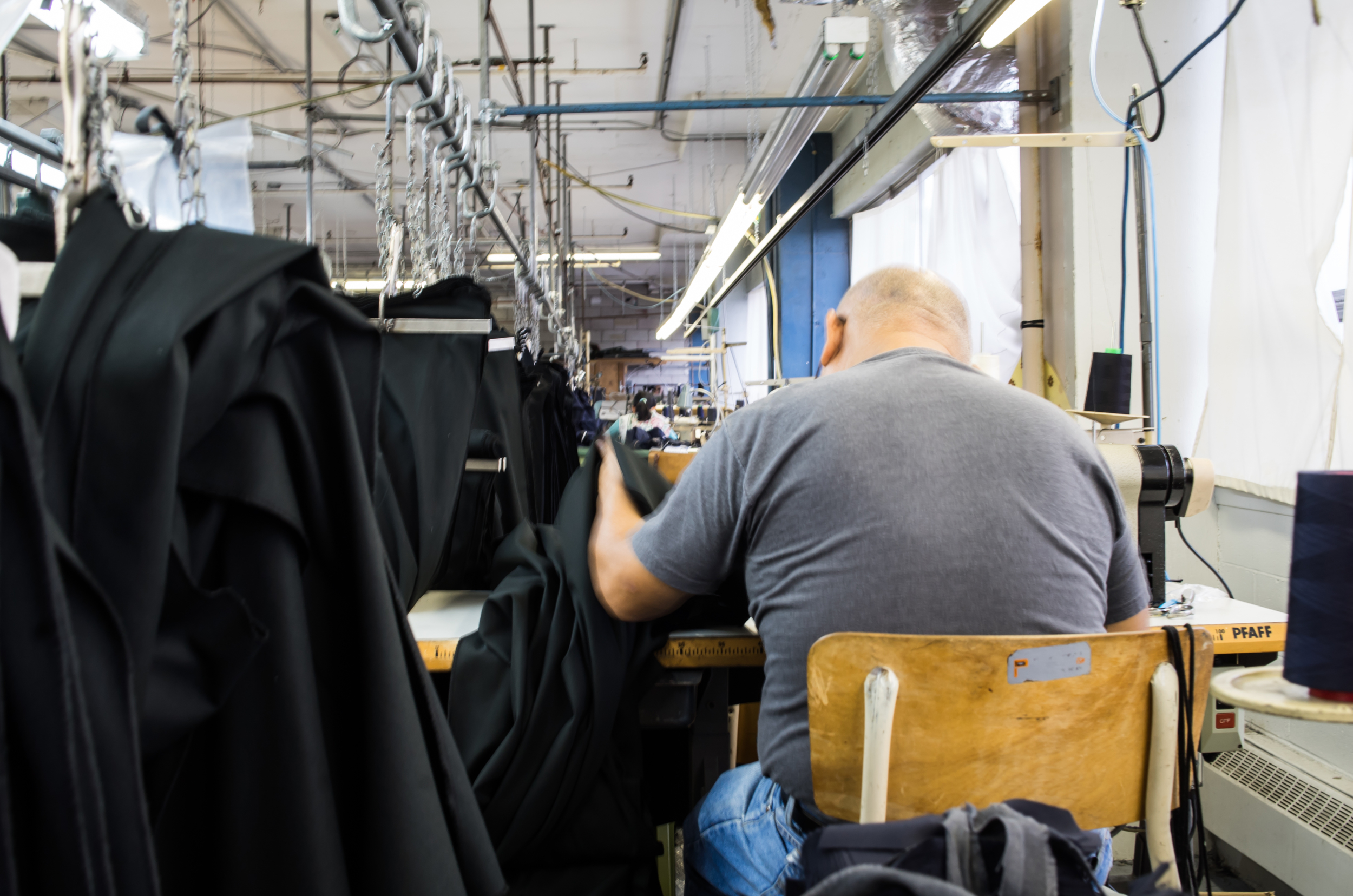
Of course, we can’t deny all there other elements that make a photograph timeless like it is framed and composed, the amount of shadow and light, and angle, distance from the subject and more. Once, you own an exceptional lens such as Leica Summilux-M 24mm f/1.4 ASPH lens you begin to appreciate the subtleties of transitions in the bokeh, the rendition of colors, micro contrast and detail in photographs.
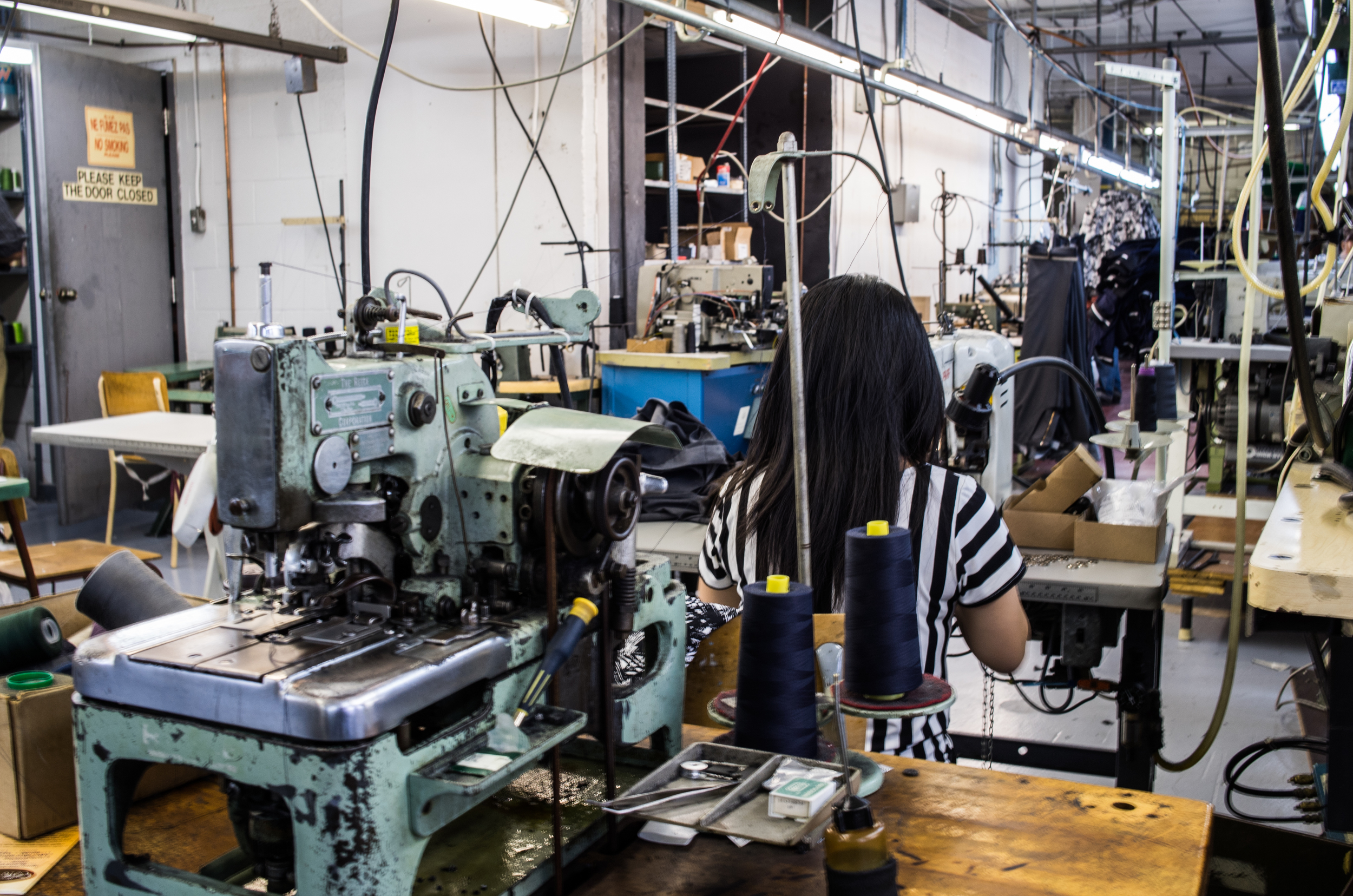
An appreciation of quality for a lens like a Leica Summilux or a Leica Noctilux, over time, helps to cultivate and develop a deeper understanding of photography. You begin to see details in your photographs, see tonal gradations that can only be found when a lens can deliver a high degree of detail. This is why you would own a Leica Summilux-M 24mm f/1.4 ASPH lens.

Where to buy Leica Summilux-M 24mm f/1.4 ASPH. lens
Here are some links to get the best prices on some of my favorite Leica lenses.
Leica Summilux-M 24mm f/1.4 ASPH. lens can be purchased used or new, here I have provided links for the best online sites. Most are authorized dealer and the others are reputable dealers. I have also included a list for other alternative lenses that perform well.
Here is the link for the Leica Summilux-M 24mm f/1.4 ASPH. lens and other lenses mentioned in this article.
Other Wide Angle Lenses (Recommended *)
Handevision IBERIT 24mm f/2.4 Lens for Leica M (Silver)
Leica Elmar-M 24mm f/3.8 ASPH. Lens
Leica Summilux-M 24mm f/1.4 ASPH. Lens
Leica Super-Elmar-M 21mm f/3.4 ASPH. Lens
Leica Summilux-M 21mm f/1.4 ASPH. Lens
Voigtlander Color-Skopar 21mm f/4 P Lens
Voigtlander Ultron 21mm f/1.8 Lens
ZEISS Biogon T* 21mm f/2.8 ZM Lens (Silver)
ZEISS Biogon T* 21mm f/2.8 ZM Lens (Black)
ZEISS C Biogon T* 21mm f/4.5 ZM Lens (Black)
Leica Cameras:
Used Leica Cameras:
For my upcoming 2019 photography workshops, here are the links
We offer photography workshops around the world specializing in Leica cameras and lenses. You are invited to take part in one because what you gain from a dedicated photography workshop for Leica cameras and lenses. The tips and techniques you will learn in these workshops will take your photography to the next level also will stay with you for a lifetime. We look forward to hearing from you.
As always, if you have any comments please write to us.
Thank you
Oz Yilmaz
Leica Review Team
PLEASE HELP US IN BRINGING YOU INDEPENDENT REVIEWS AND ARTICLES. BY DONATING YOU ARE HELPING TO KEEP THIS WEBSITE INDEPENDENT.
